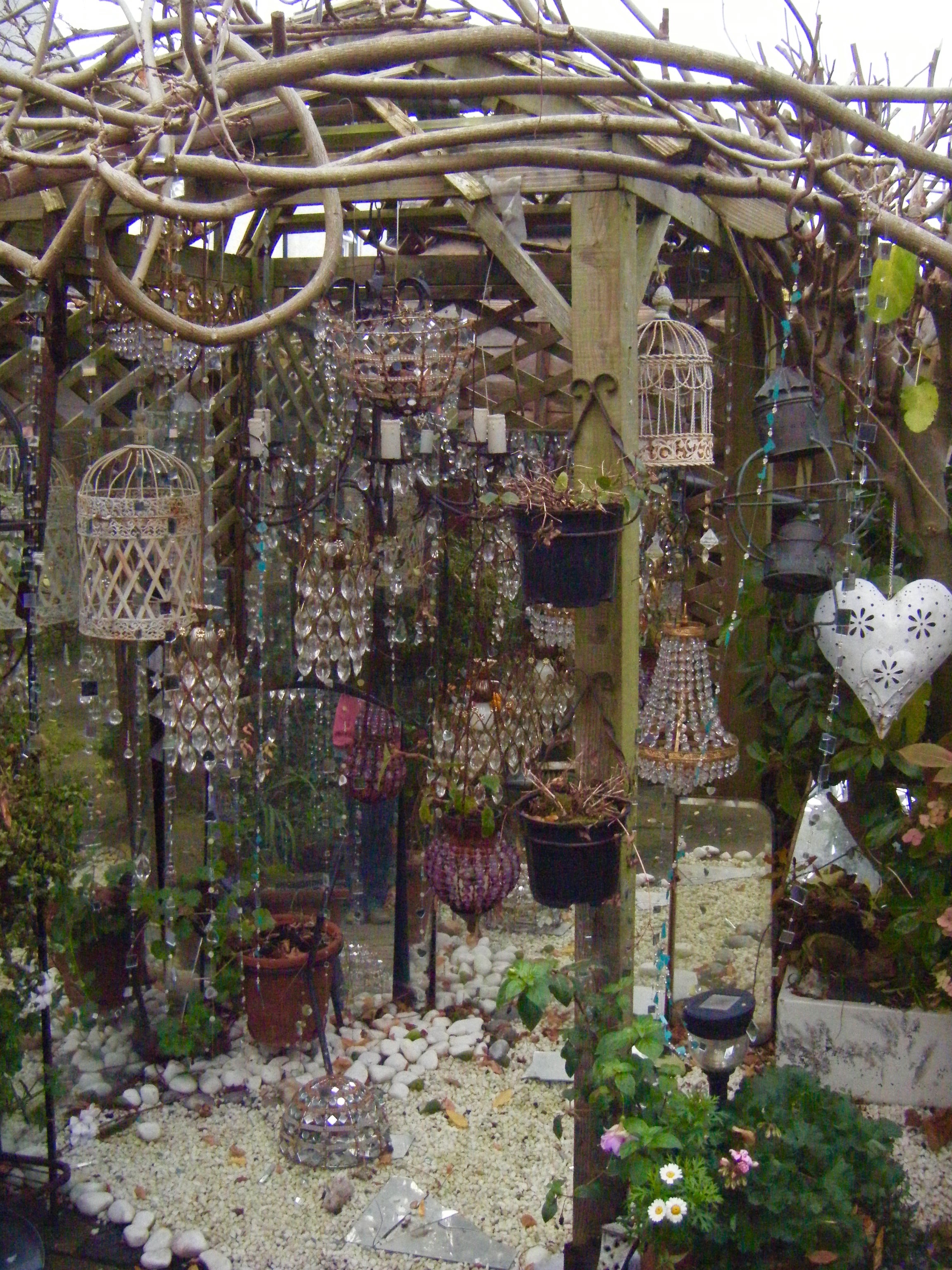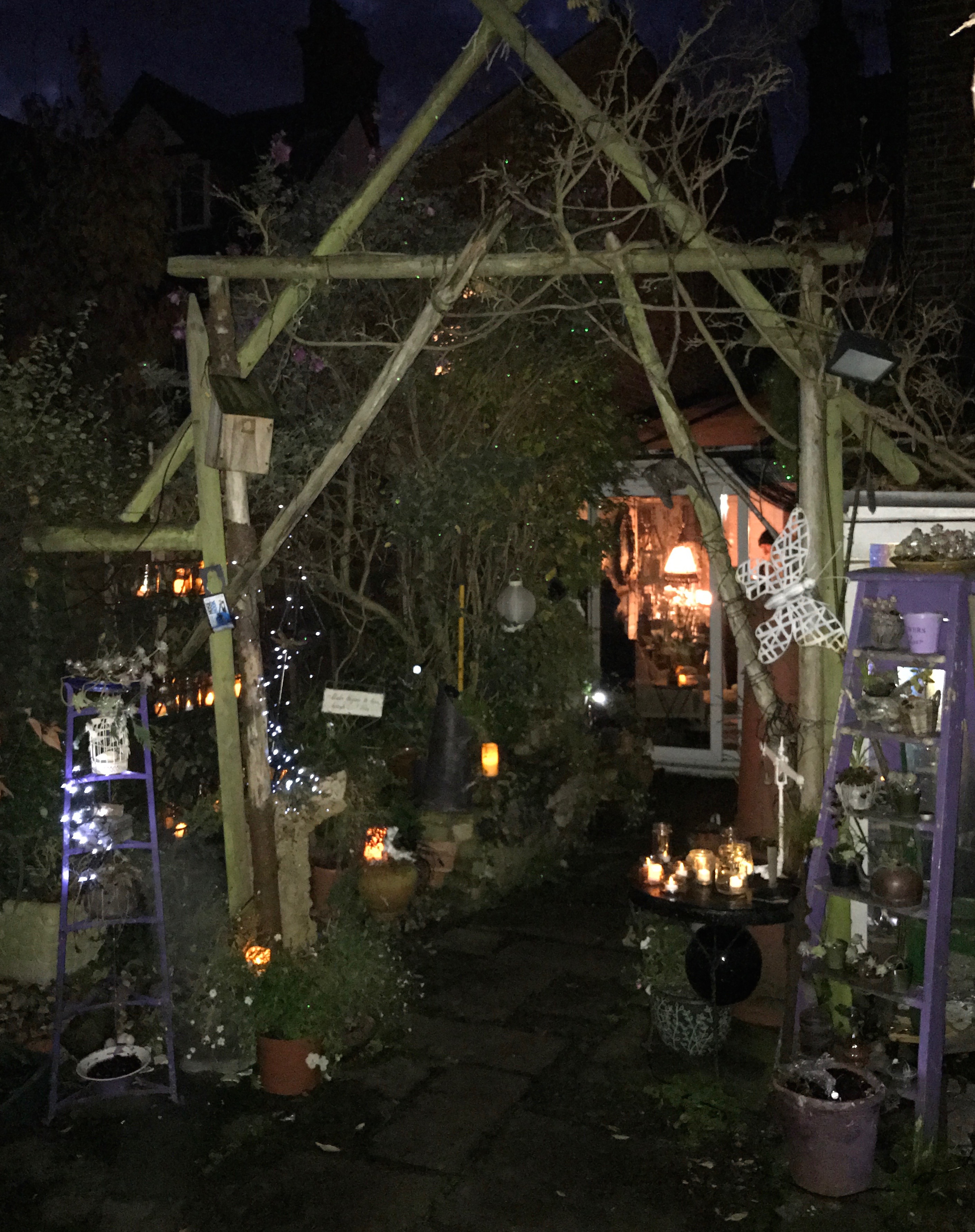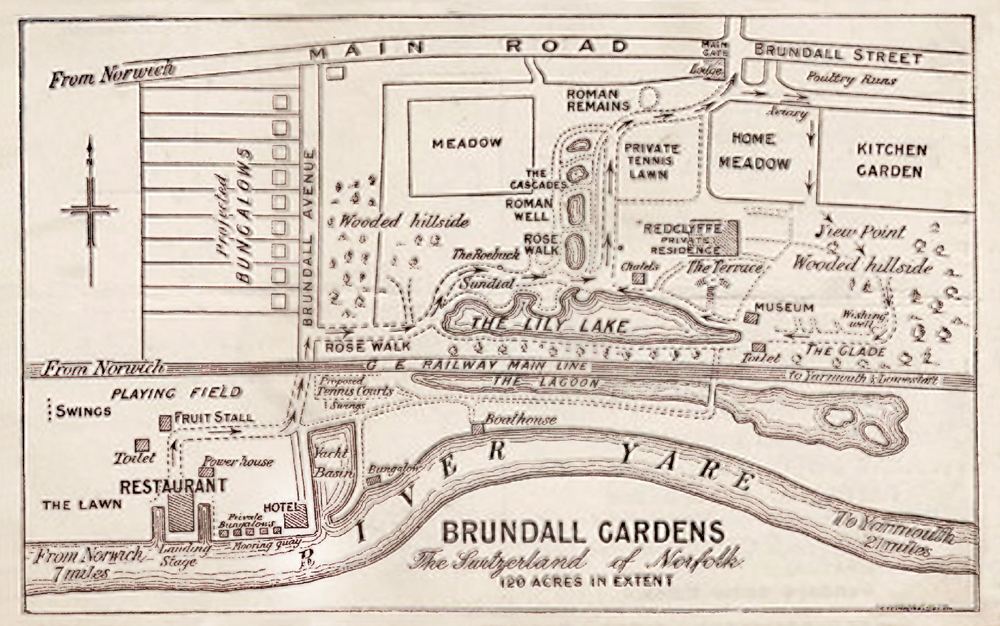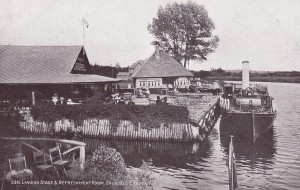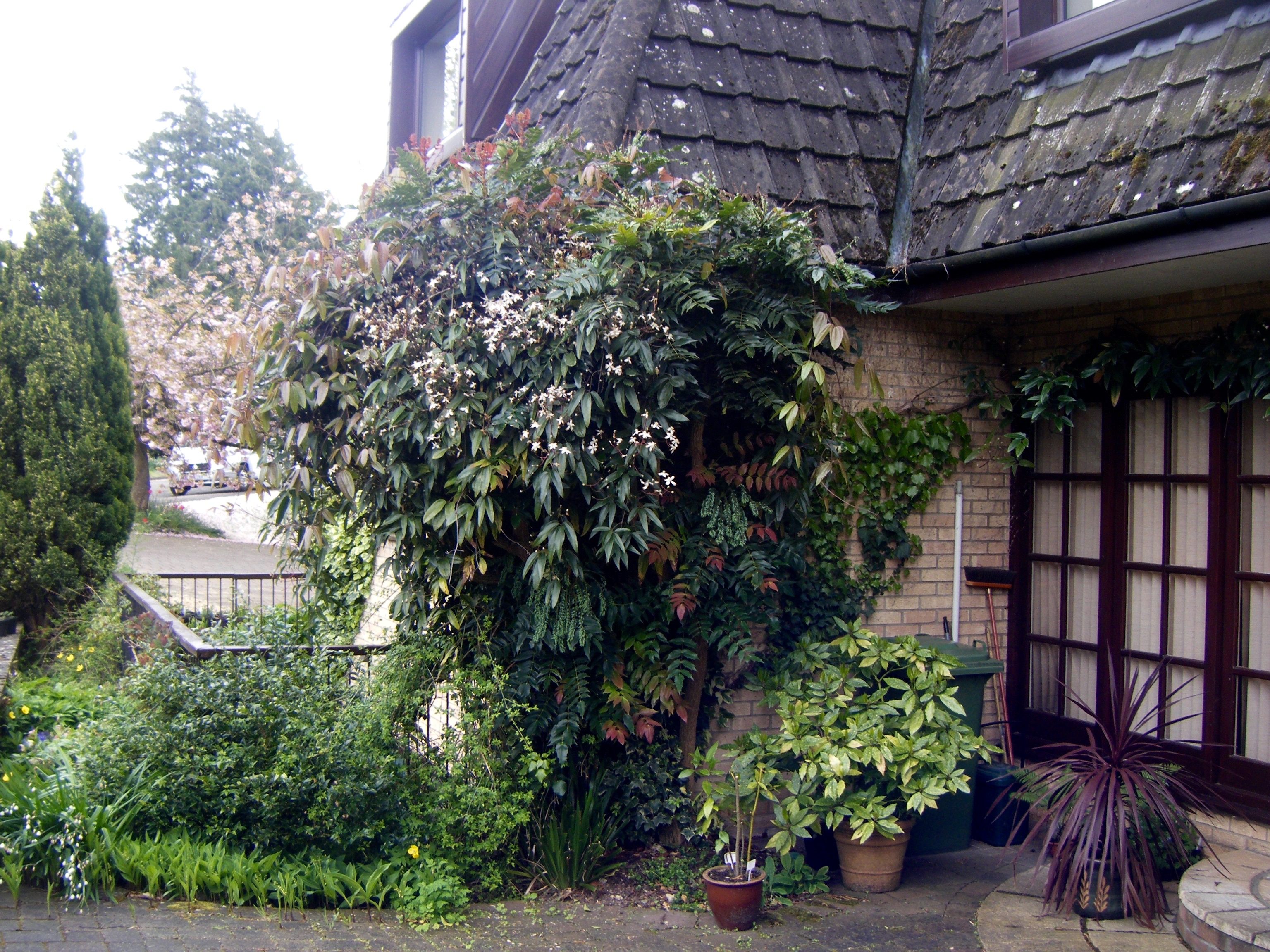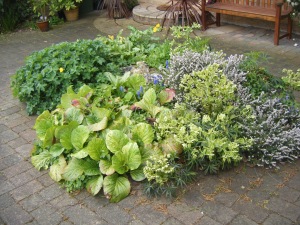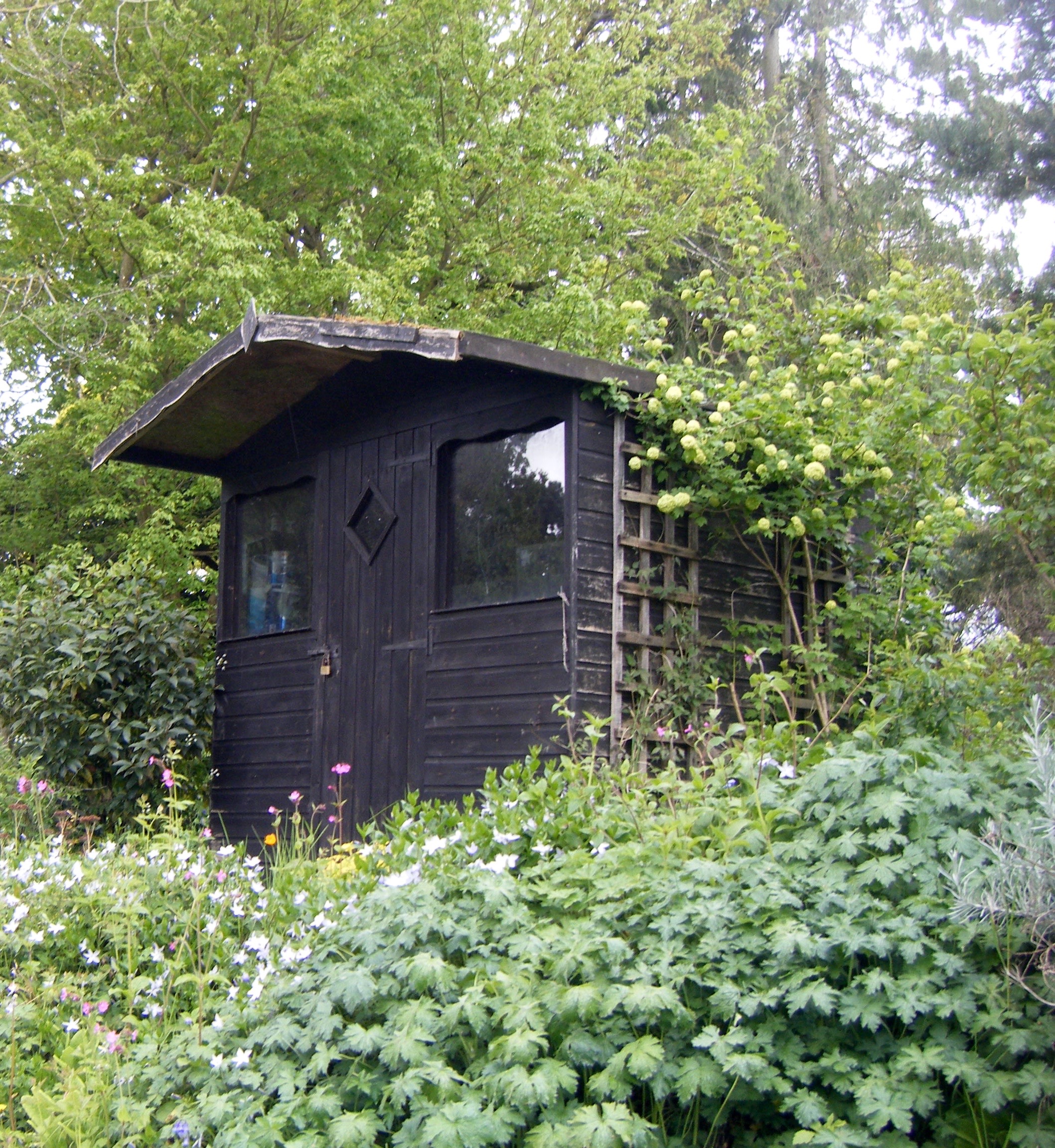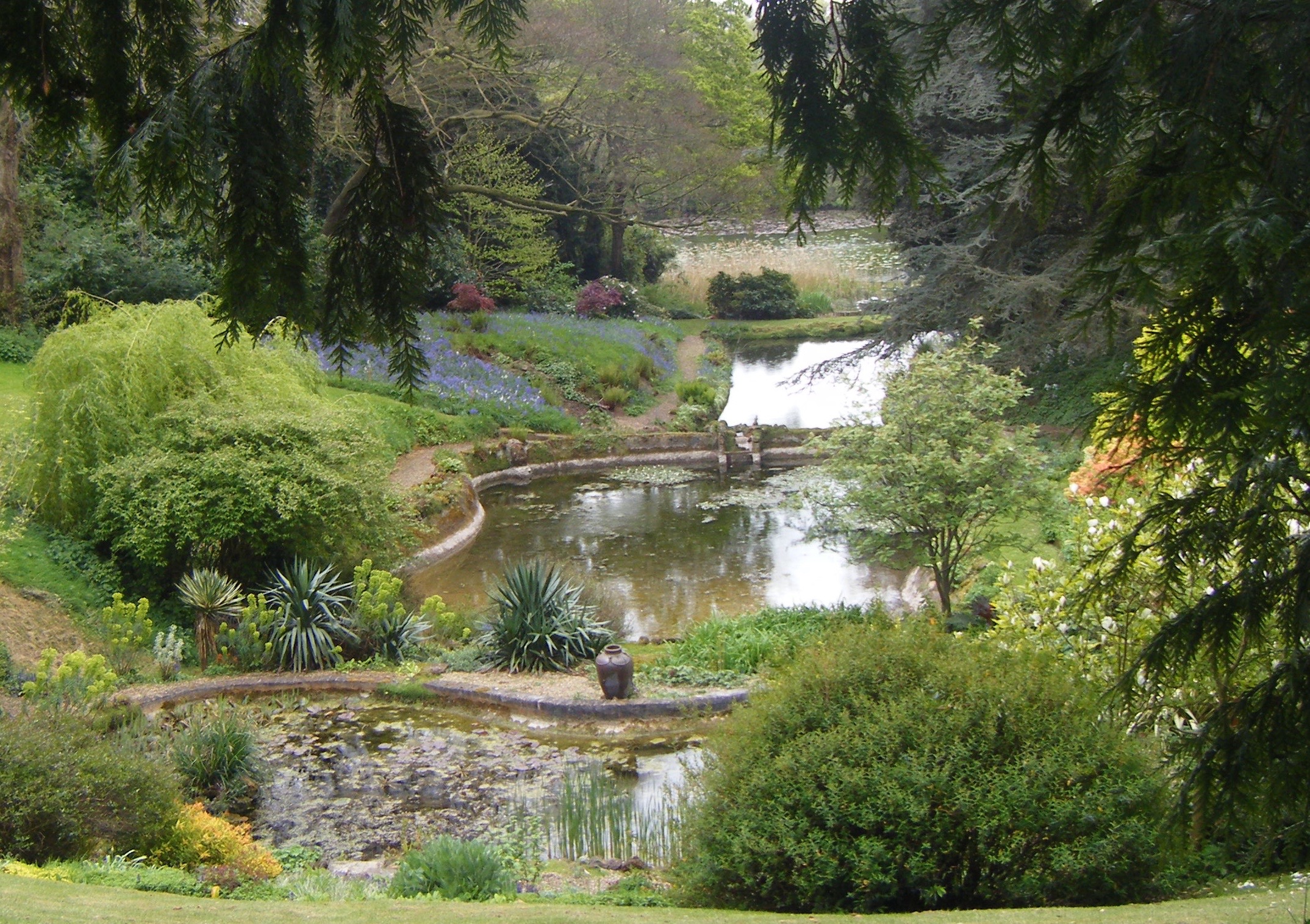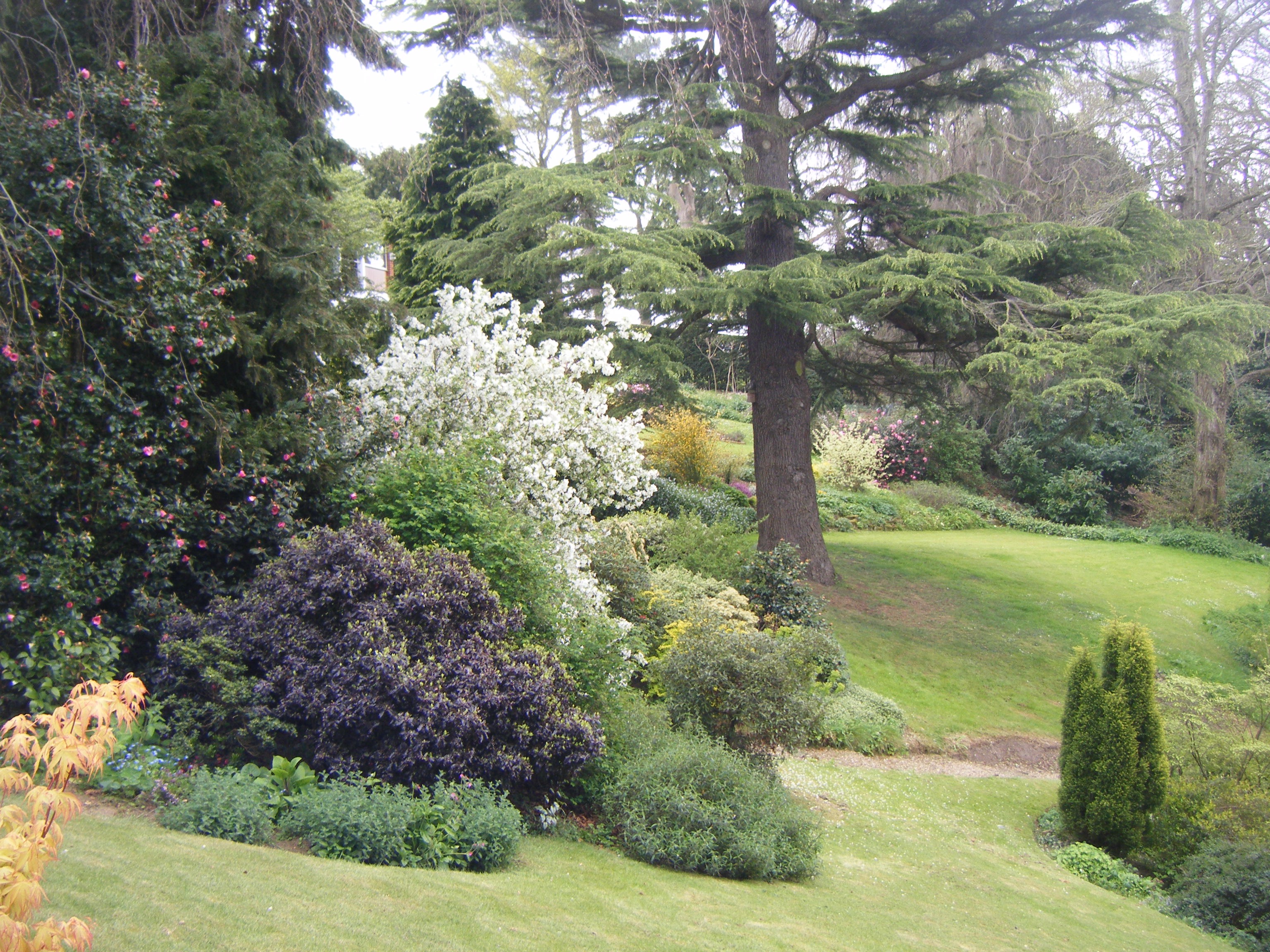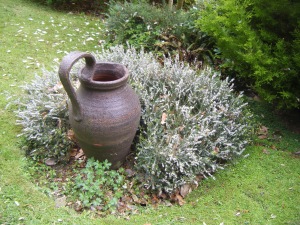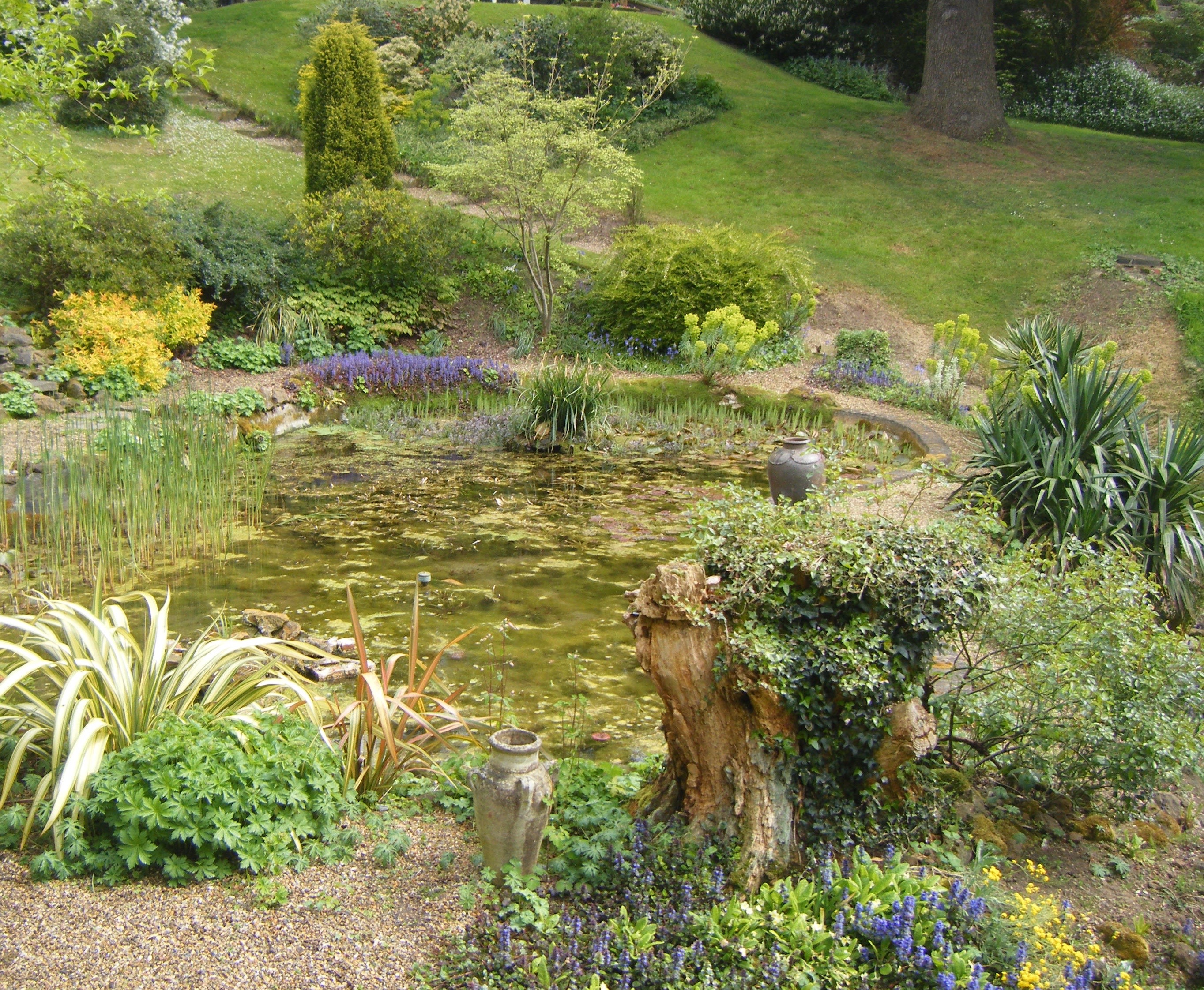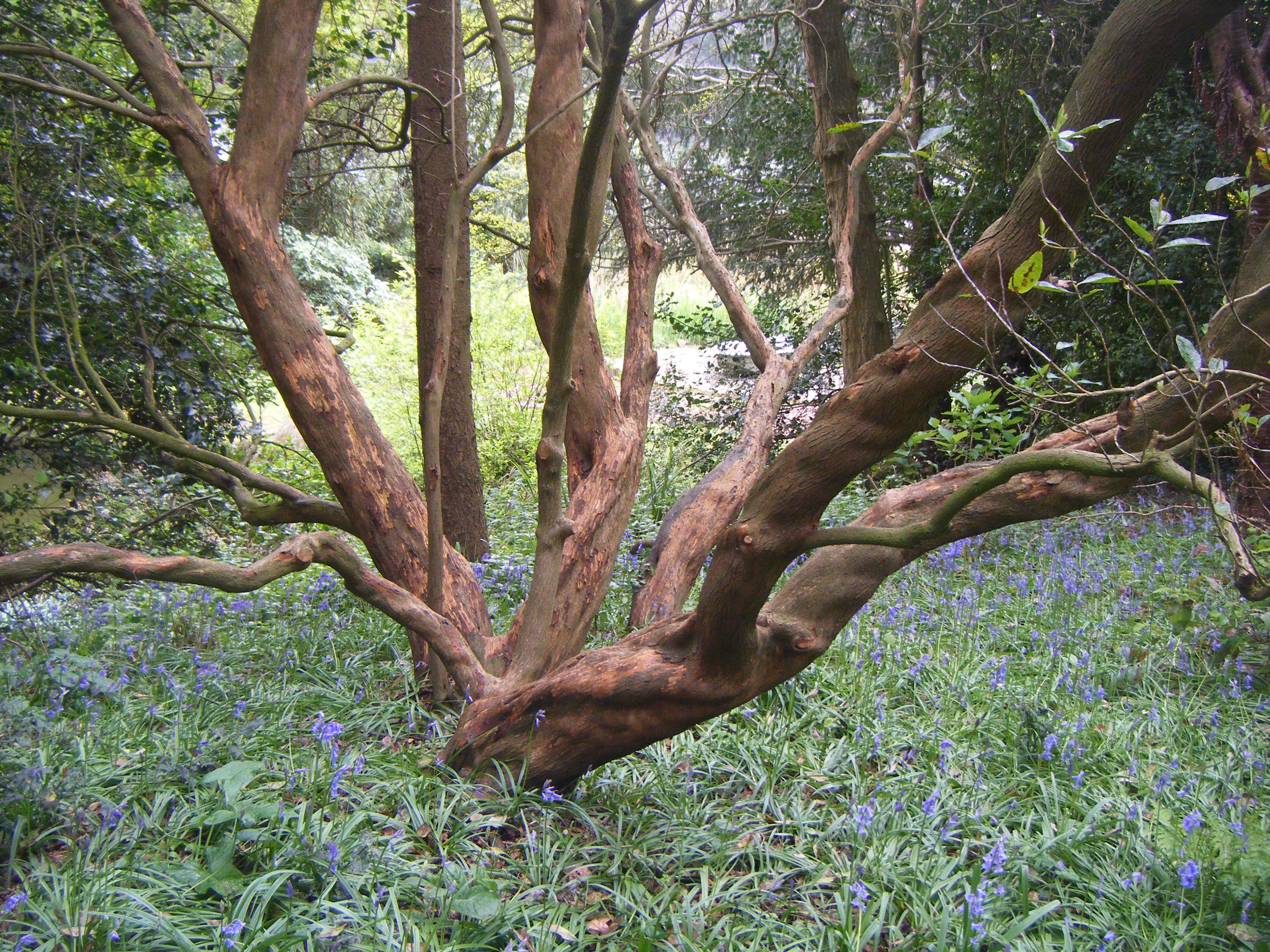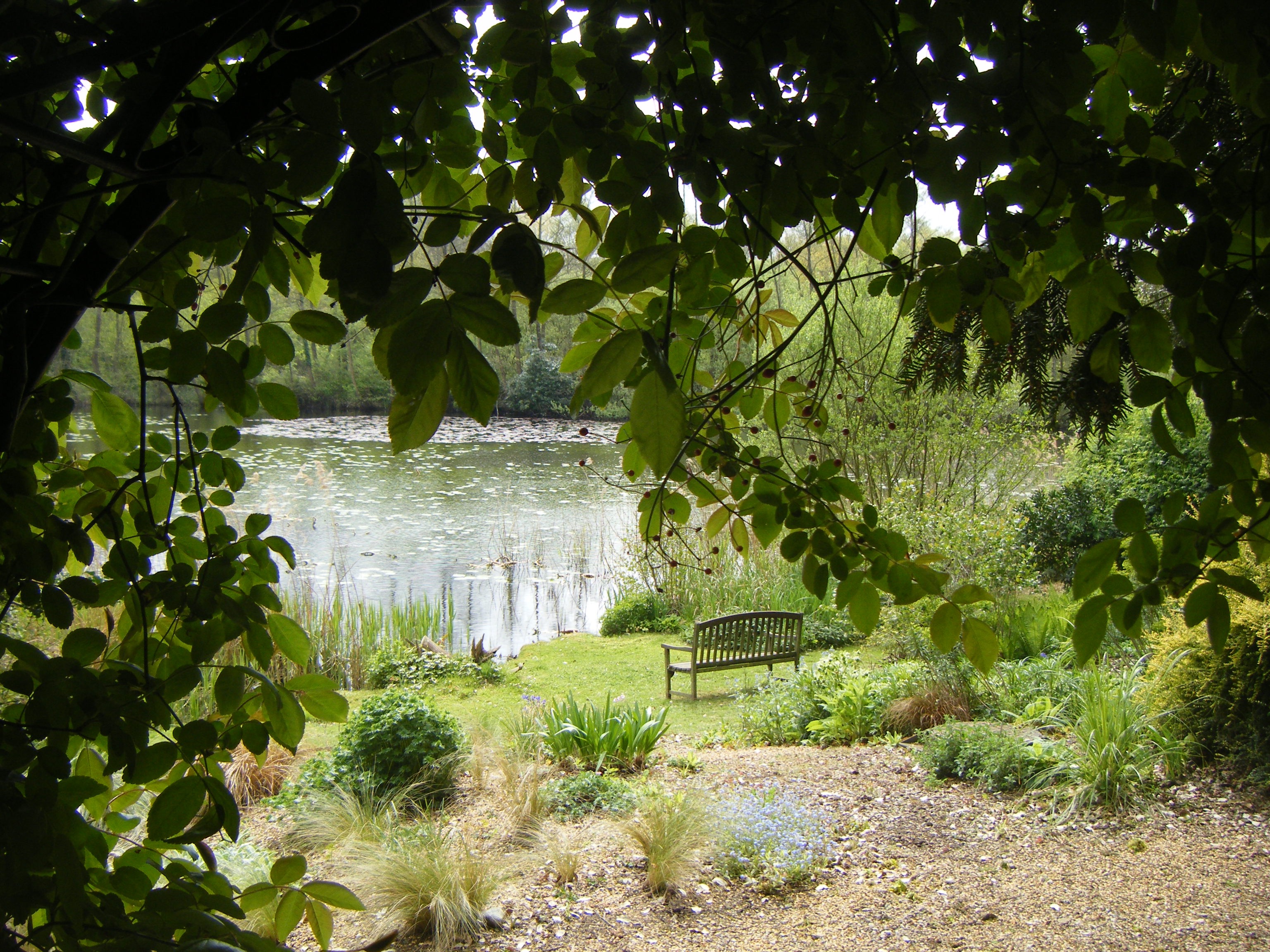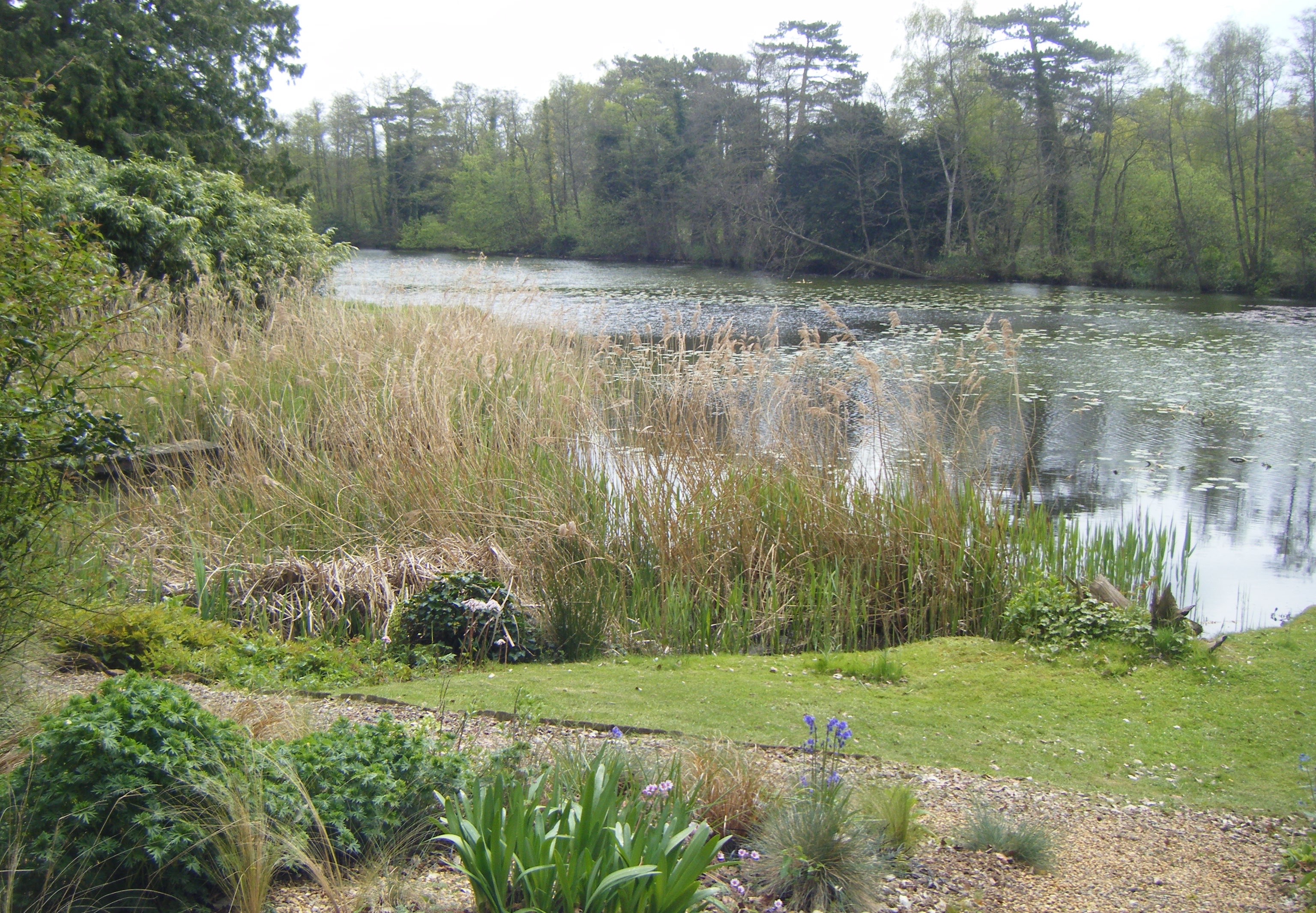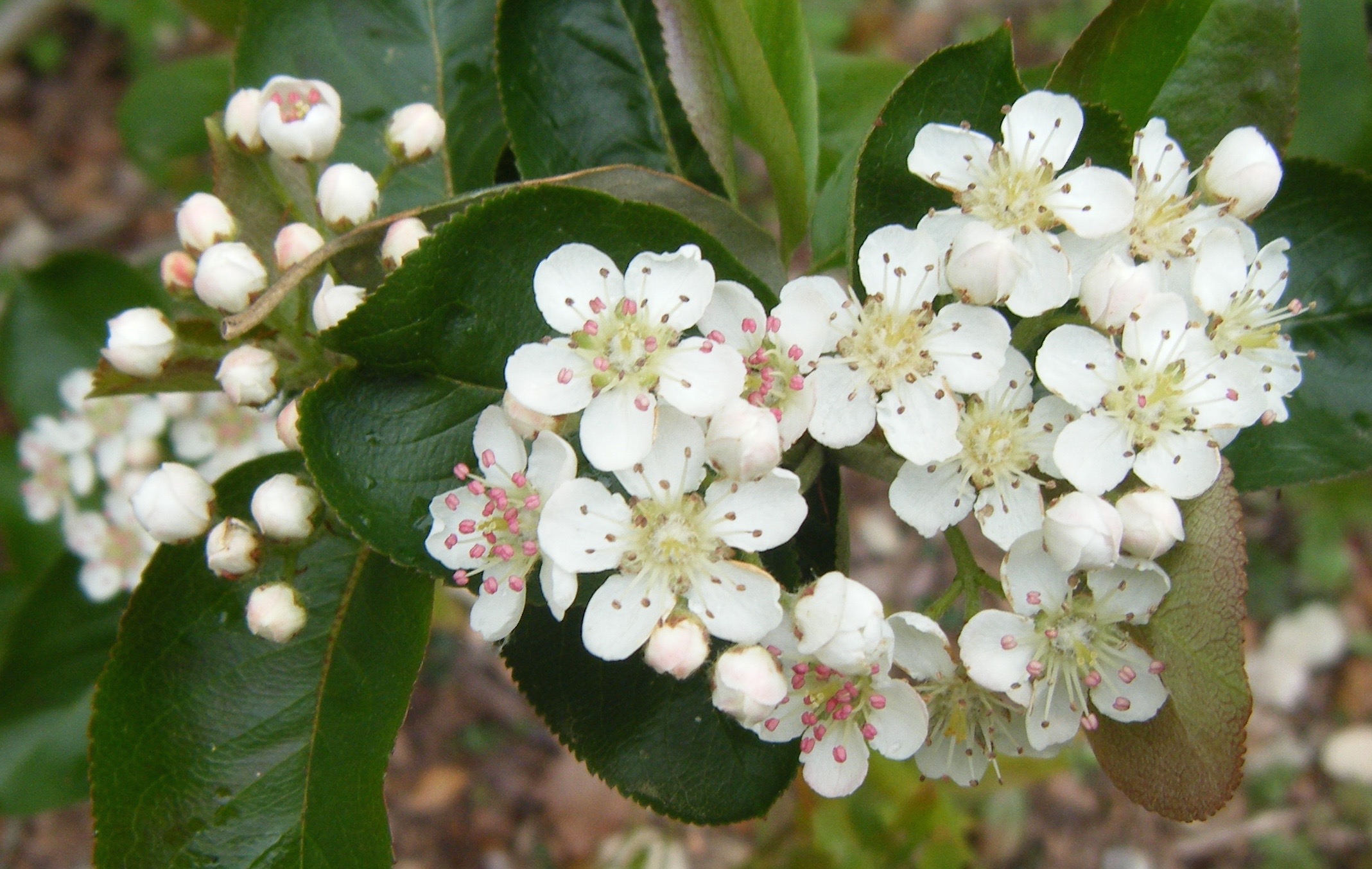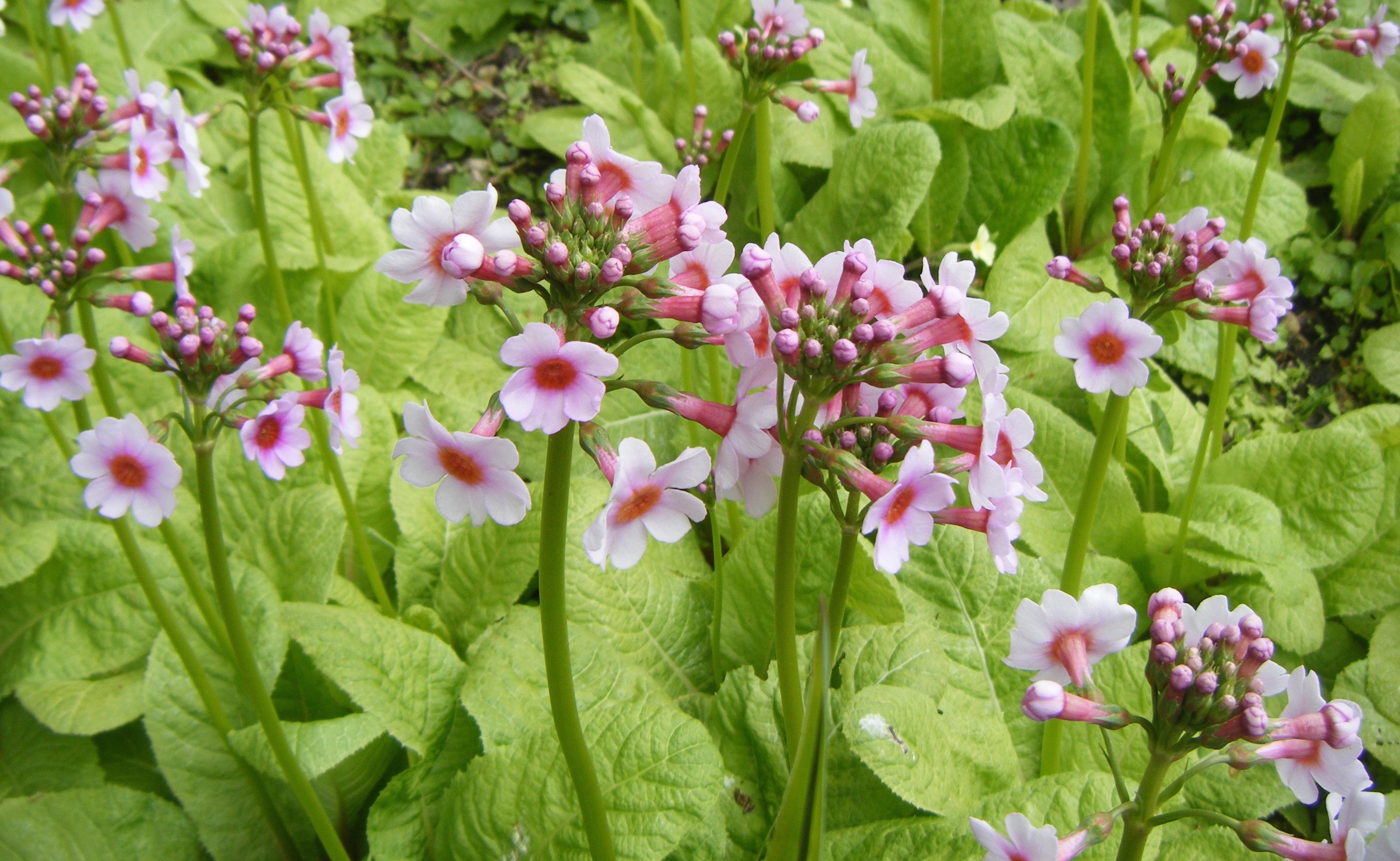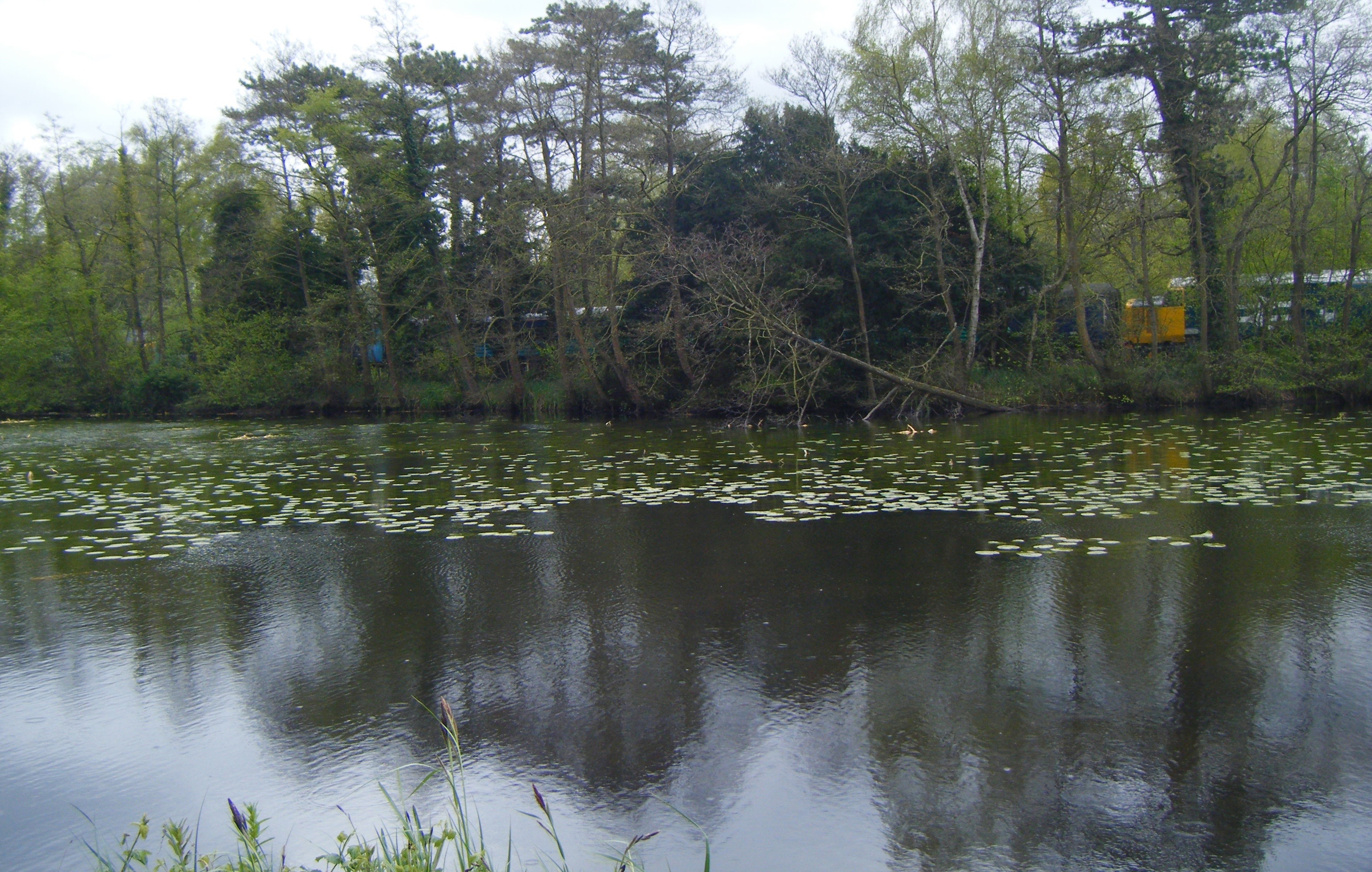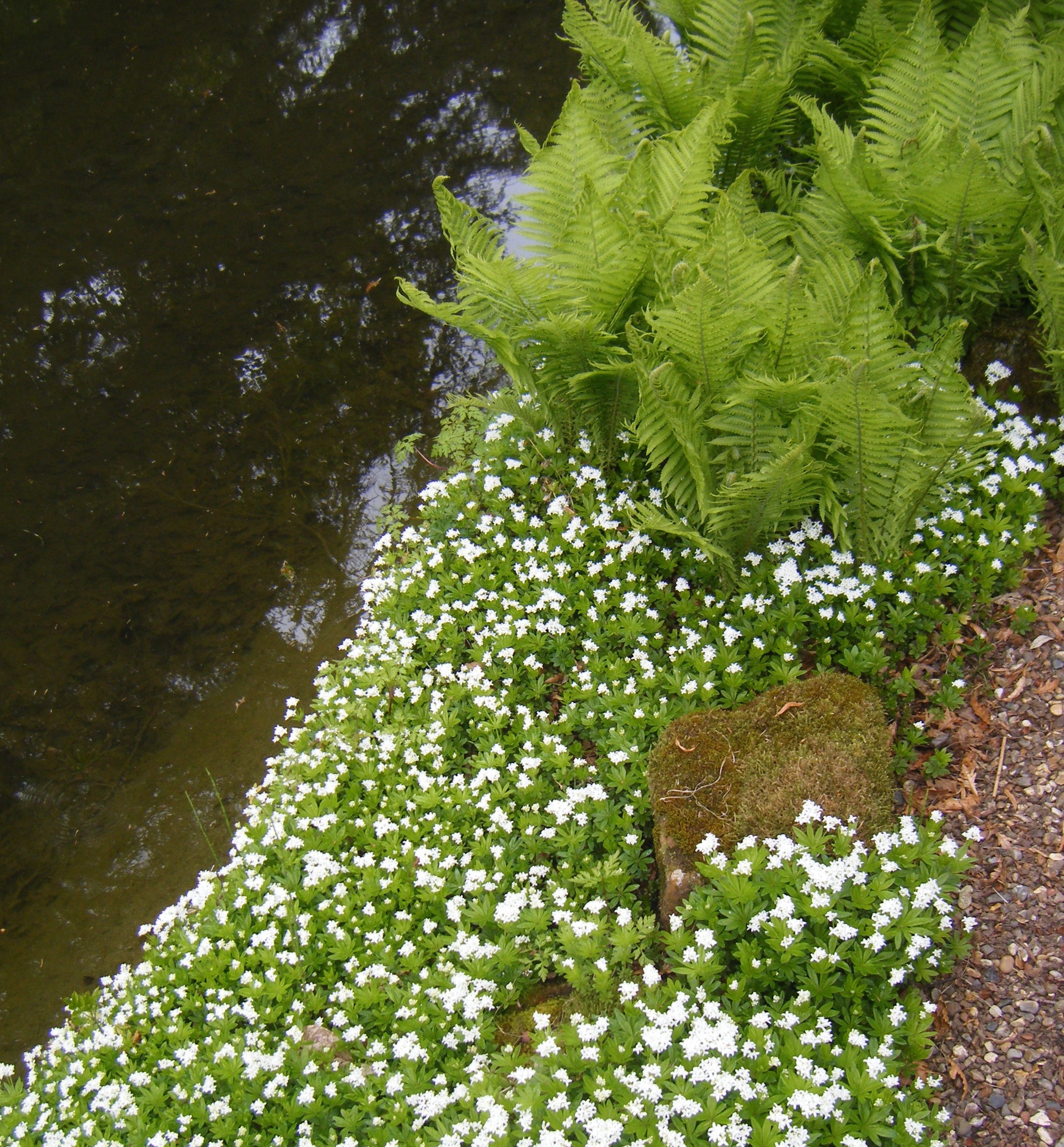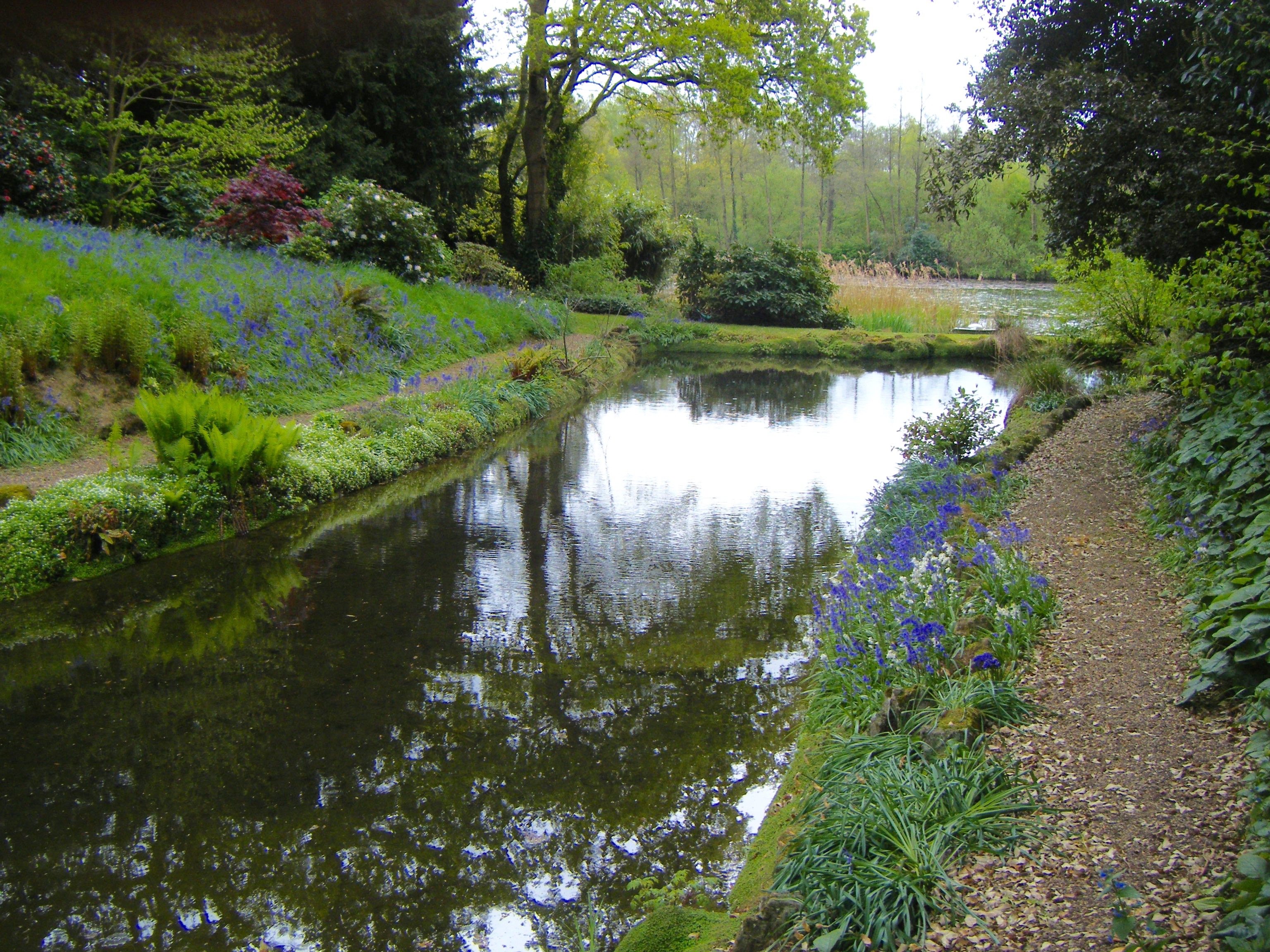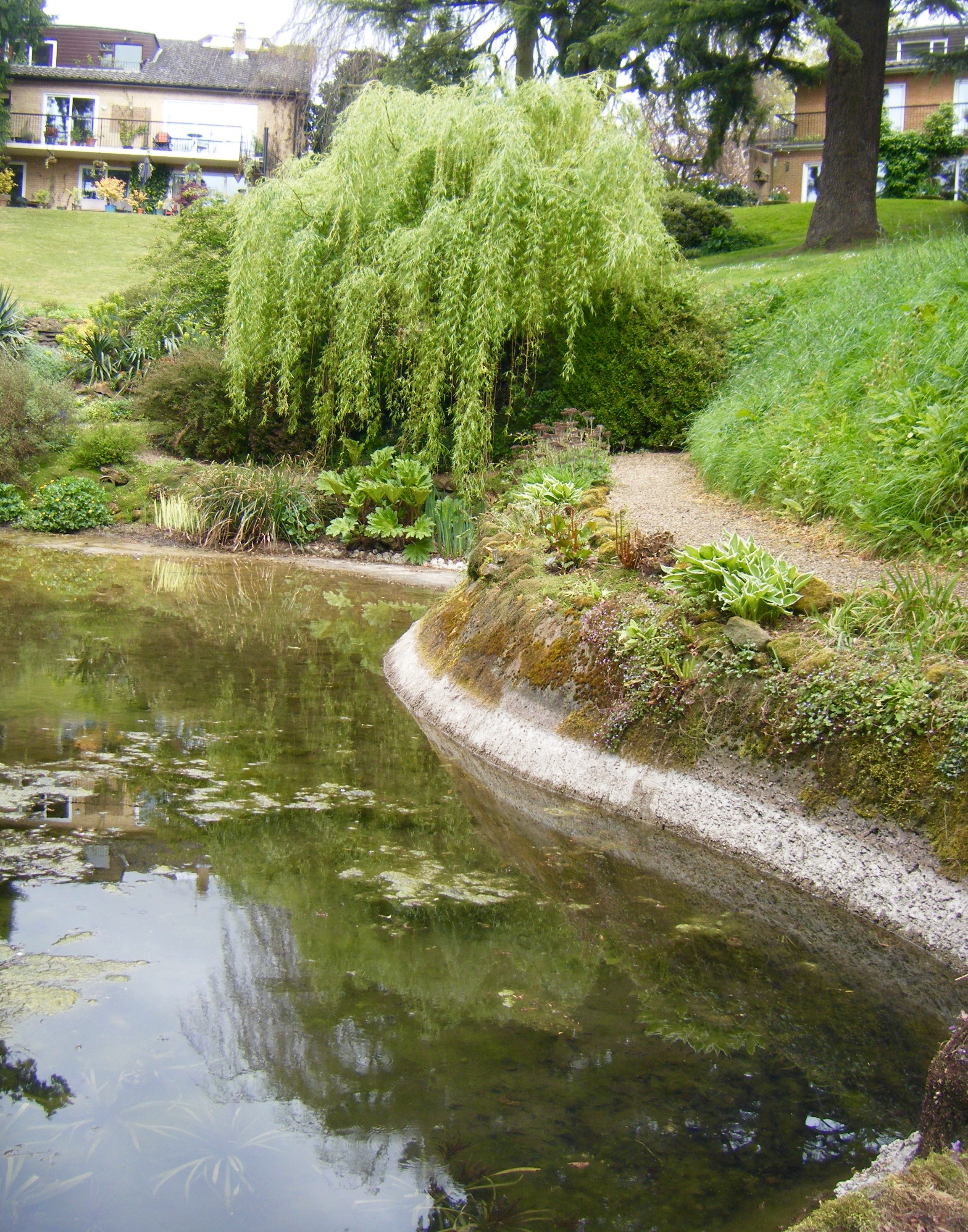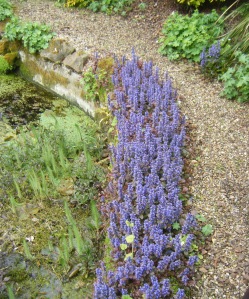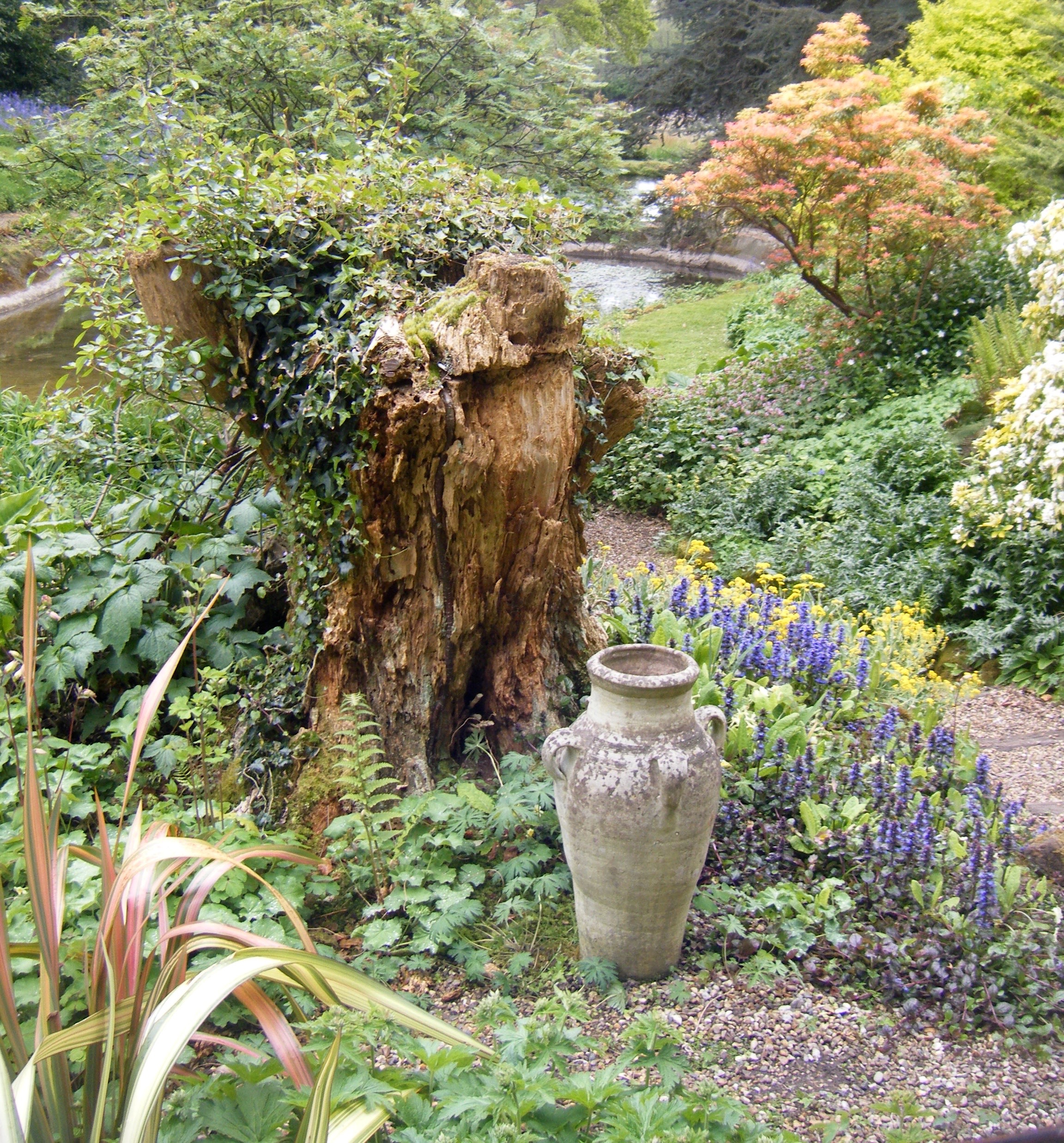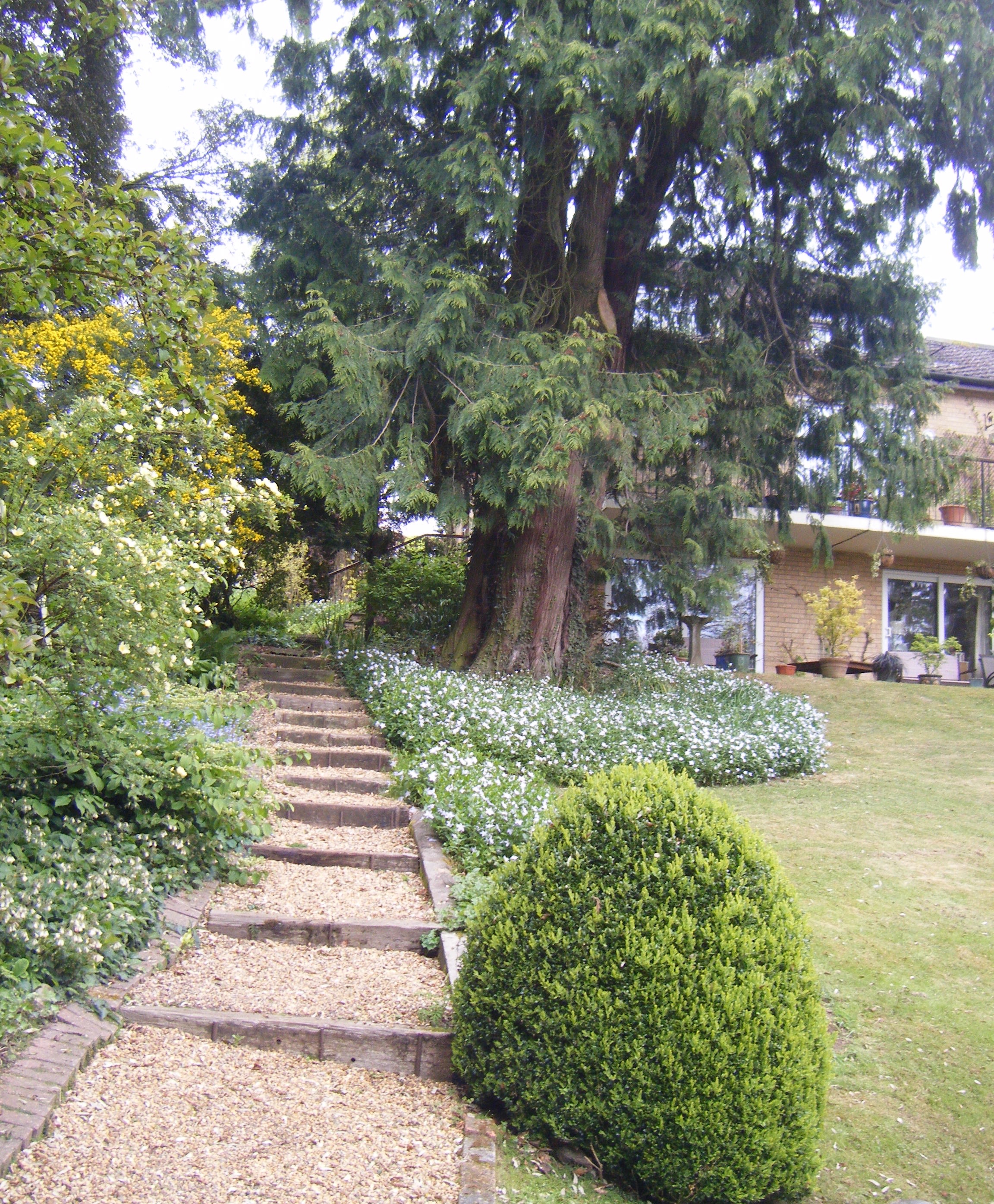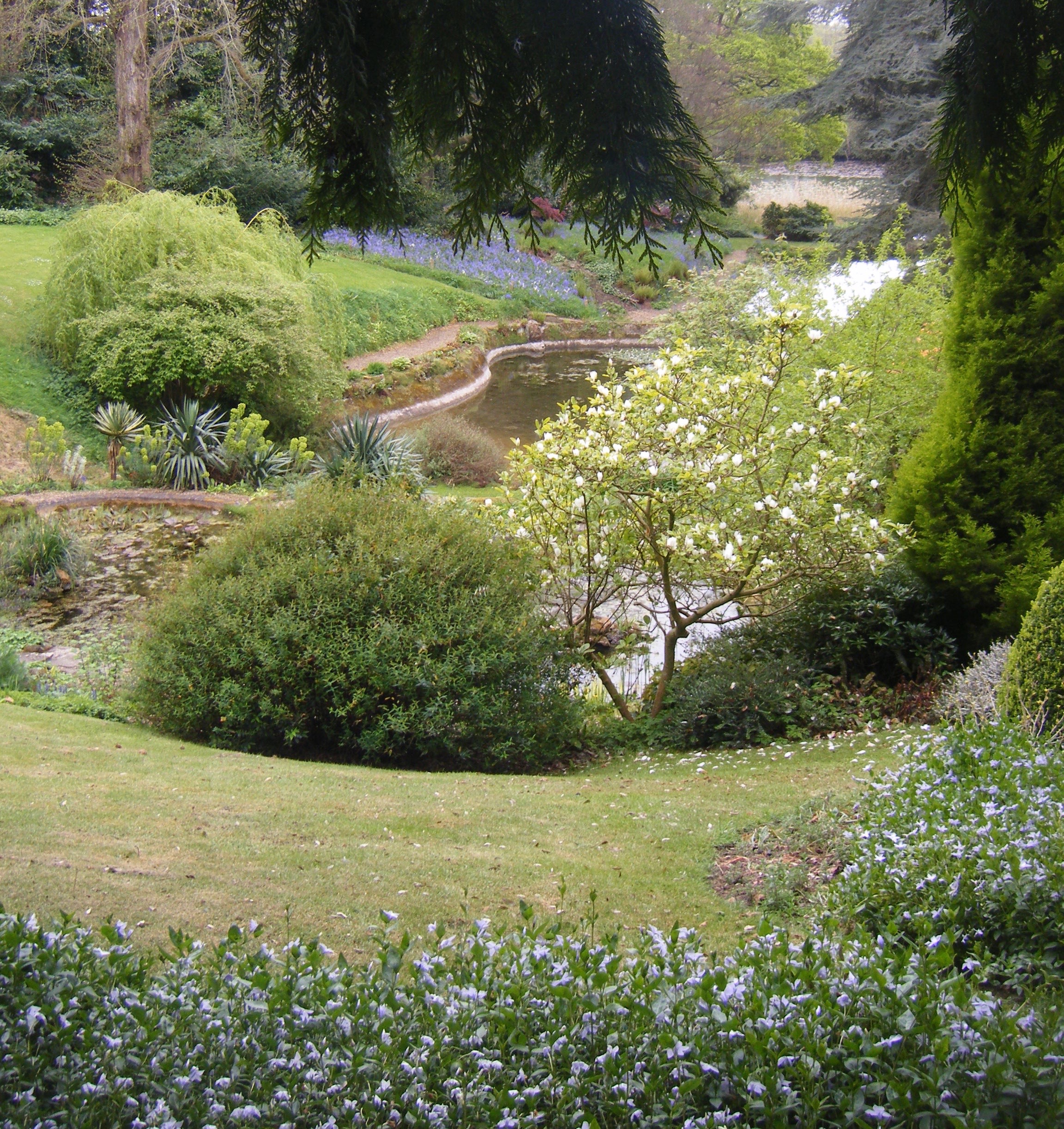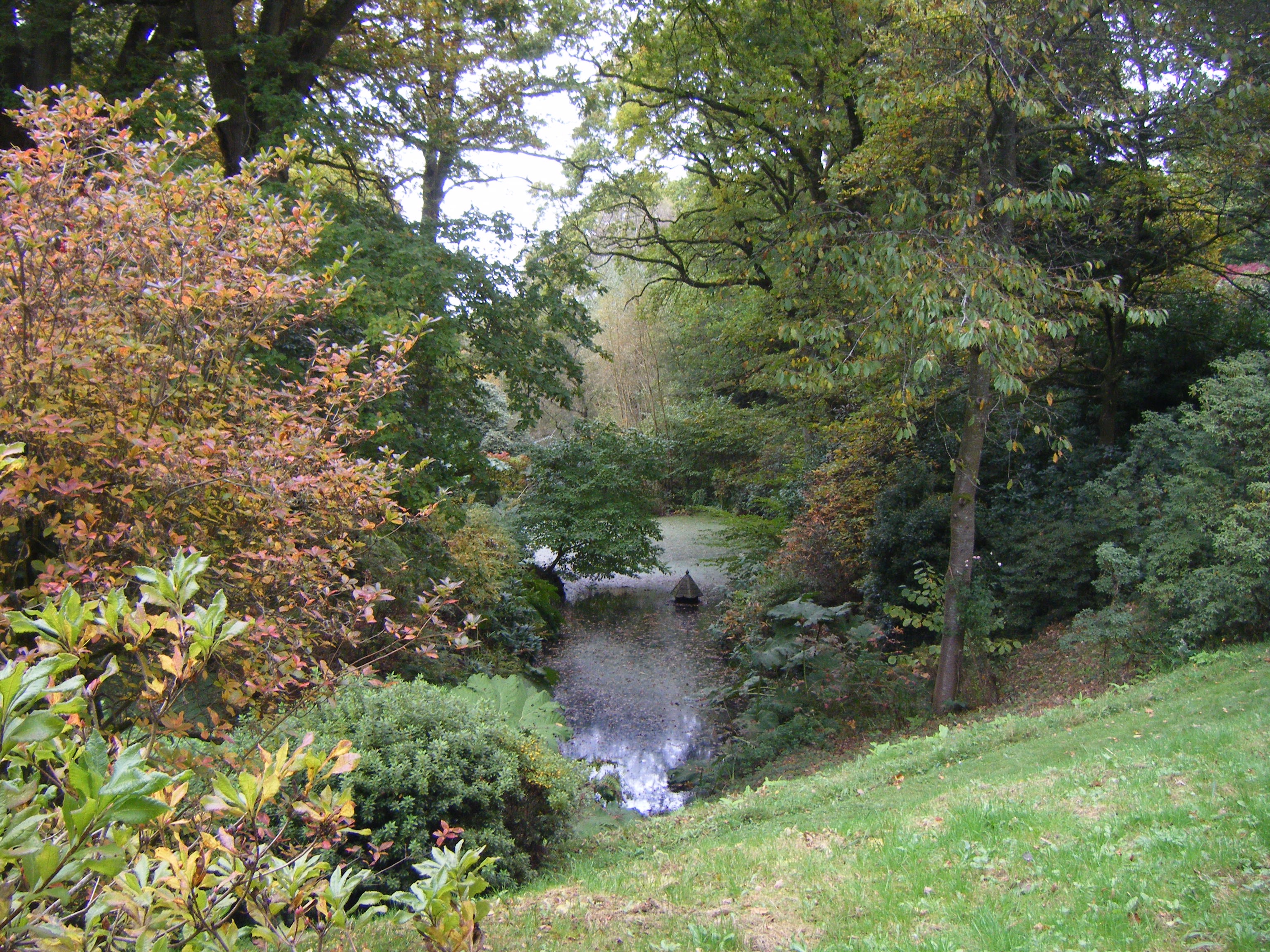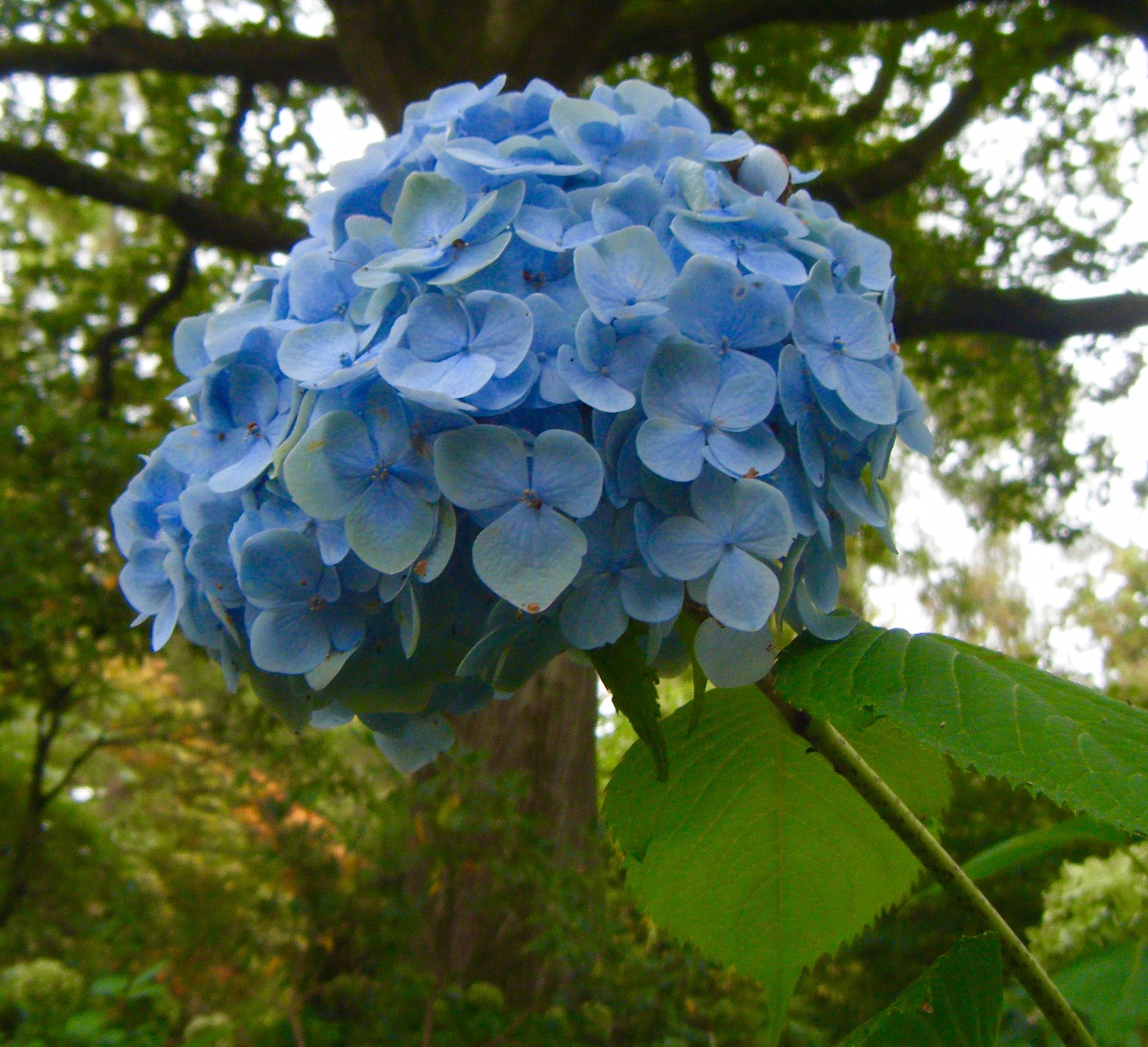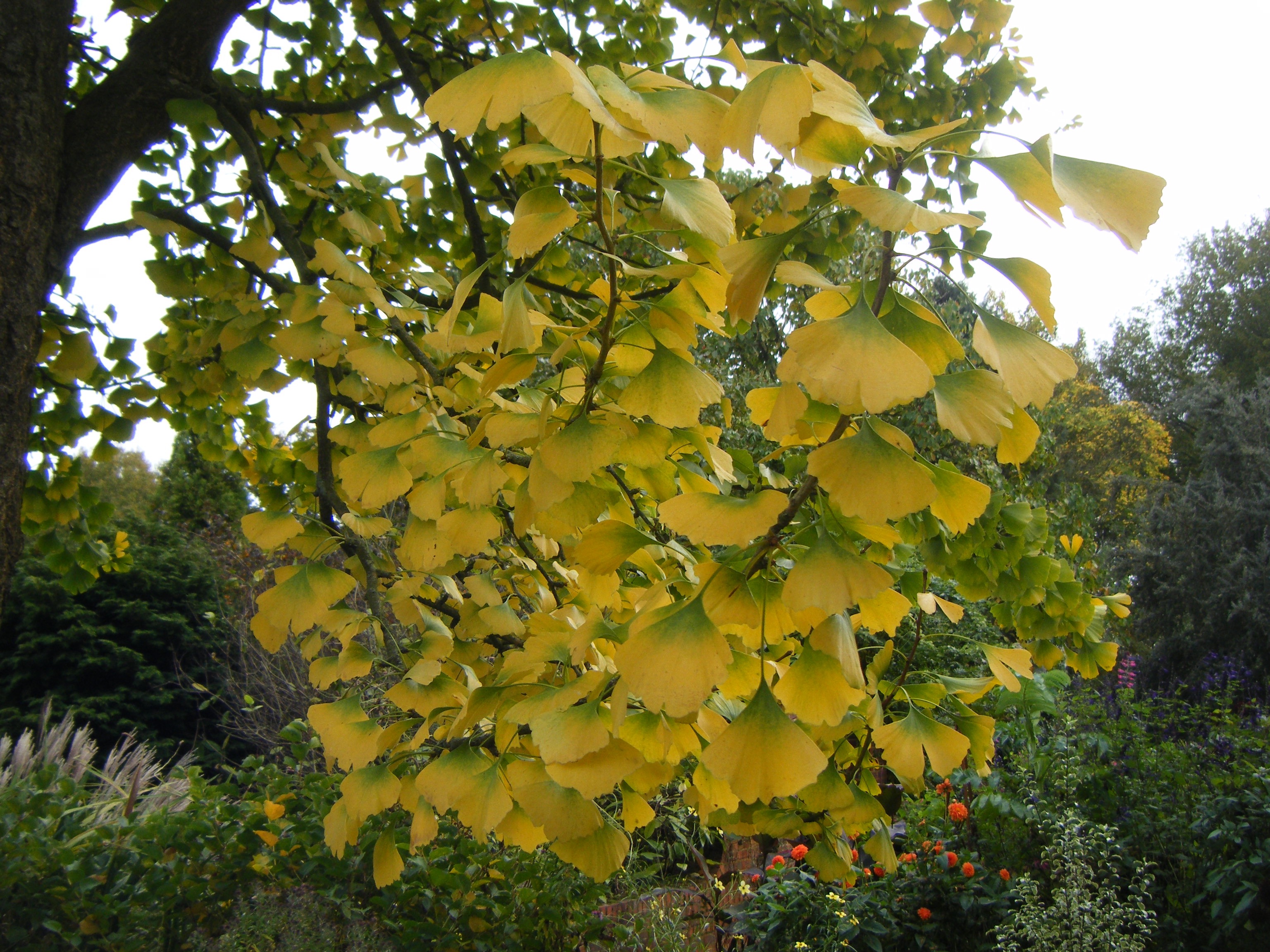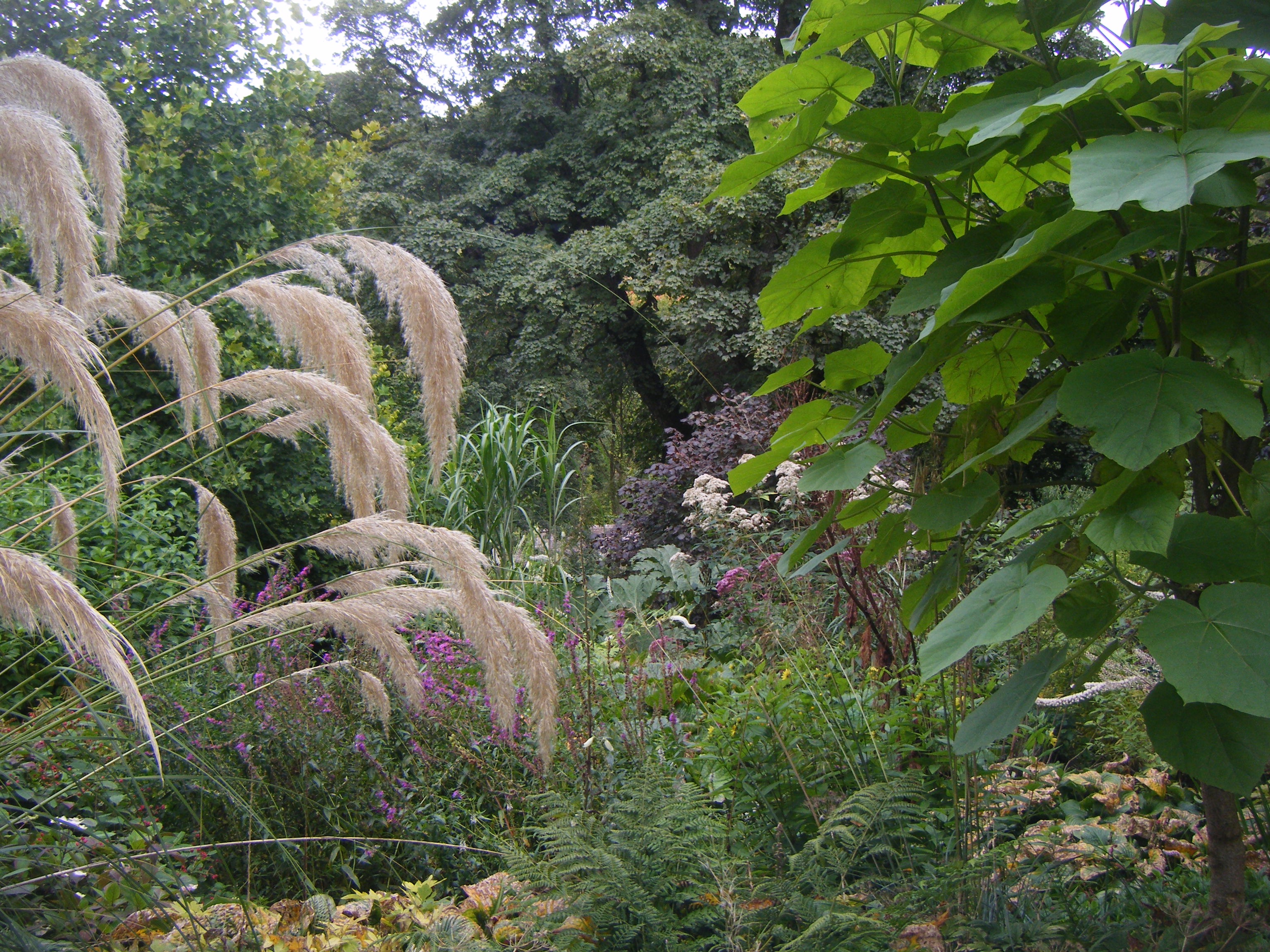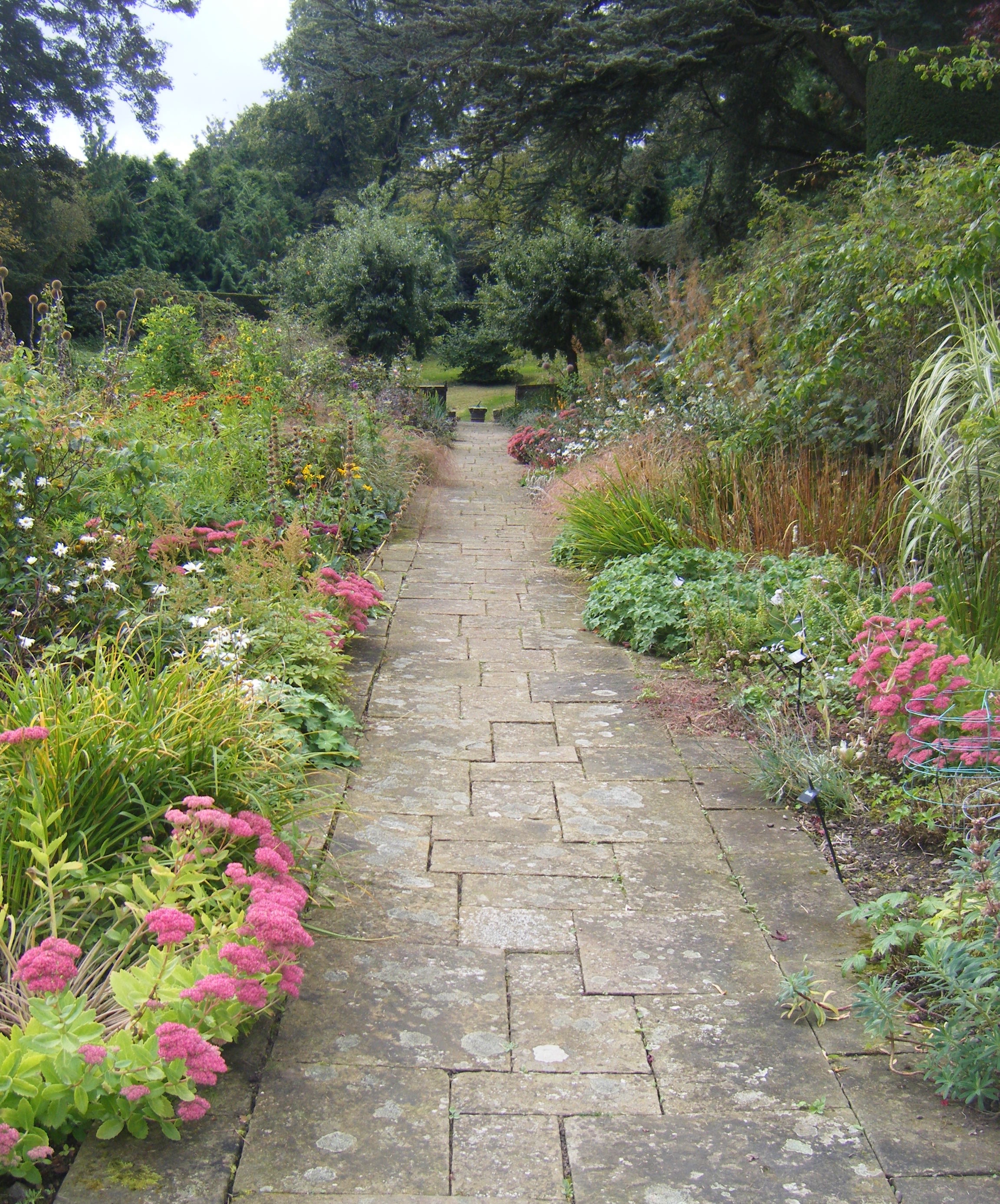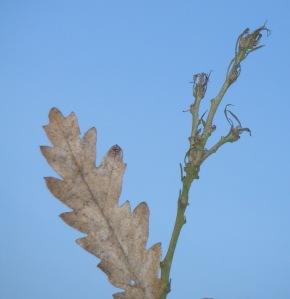Through all these cheerless covid months and ghastly weather, the snowdrops have been silently pushing up through the cold, sodden ground. Their delicate flowers, surely could not be more welcome. Restrictions have forced the abandonment of the National Garden Scheme Snowdrop Festival however, some gates of a smattering of gardens will be open across the country this February, for those visitors lucky enough to be local to them. However in the eastern region, deep snow has forced many closures. More details can be found at https://ngs.org.uk/february-openings-2021/.
Back in 2017 when travelling was unrestricted and I was able to visit some 90 gardens throughout the year in celebration of the 90th anniversary of The National Garden Scheme, the snowdrop gardens were memorable; and I would identify three different types of snowdrop landscape: The snowdrop walk such as at Welford Park in Berkshire where the sight of millions of these tiny flowers carpeting the woodland floor was a sheer delight.

Of course you cannot come away from any of these landscapes without buying some little temptation, and so I bought Galanthus ‘Brenda Troyle’ and in my blog which followed I airily asked the question who is Brenda Troyle and was delighted to receive a knowledgeable reply. https://thegardengateisopen.blog/2017/02/14/snowdrops-spike-and-baked-off-at-welford-park-8
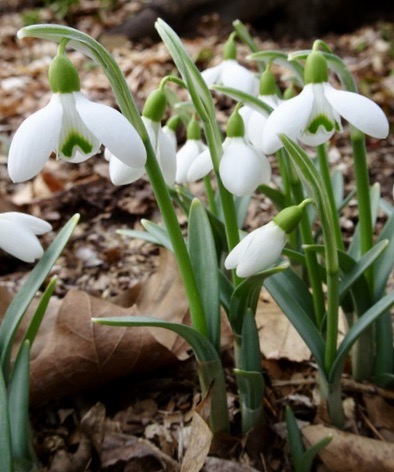
The second type of landscape is the simple but lovely Snowdrop garden where you find clumps of snowdrop scattered beneath winter shrubs, and bringing life to dormant borders, such as here at Gable House near Beccles, where Galanthus ‘Atkinsii’ is prolific.

Here amongst the plant sales I could not resist Galanthus elwesii ‘Brian Matthews’ who is now doing well in my own border.
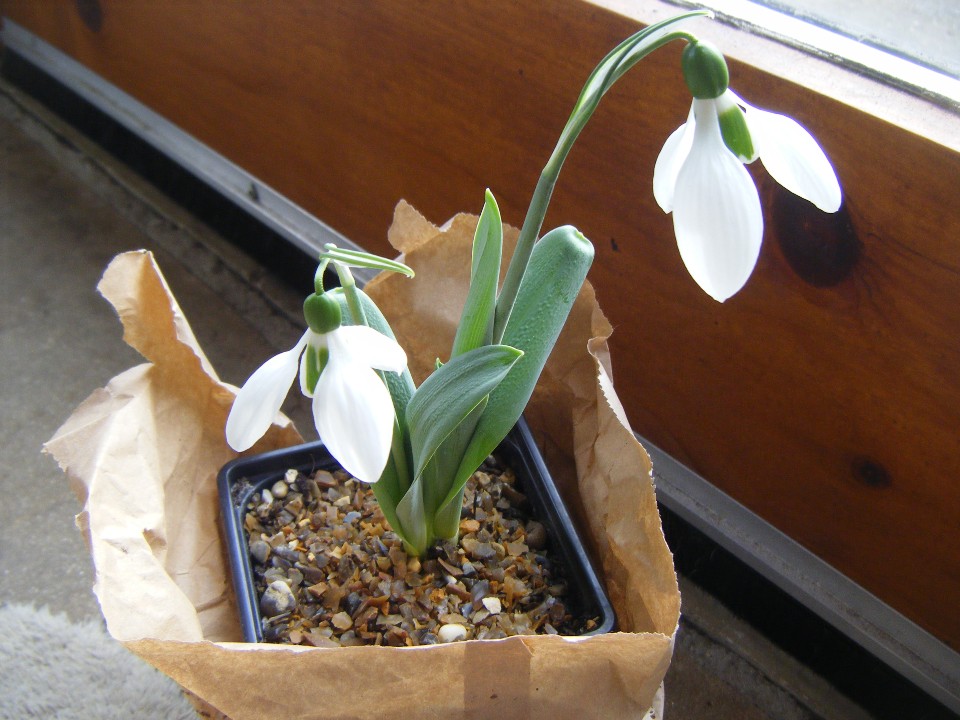
The third type of landscape is quite different and fascinating; that of the The snowdrop specialist, such as at Spring Platt in Kent https://kentsnowdrops.com/#home. A snowdrop spectacle, where they are arranged in a display, individually potted, seemingly different and labelled, each with a beguiling name. You could say, and although I am not fond of the word, it was here that I experienced the first stirrings of becoming a ‘galanthophile’.

It was ‘Fly Fishing’ that was my purchase here, a must for any fisherman and so it grows just outside my husband’s office, a bending rod gently moving in the breeze.
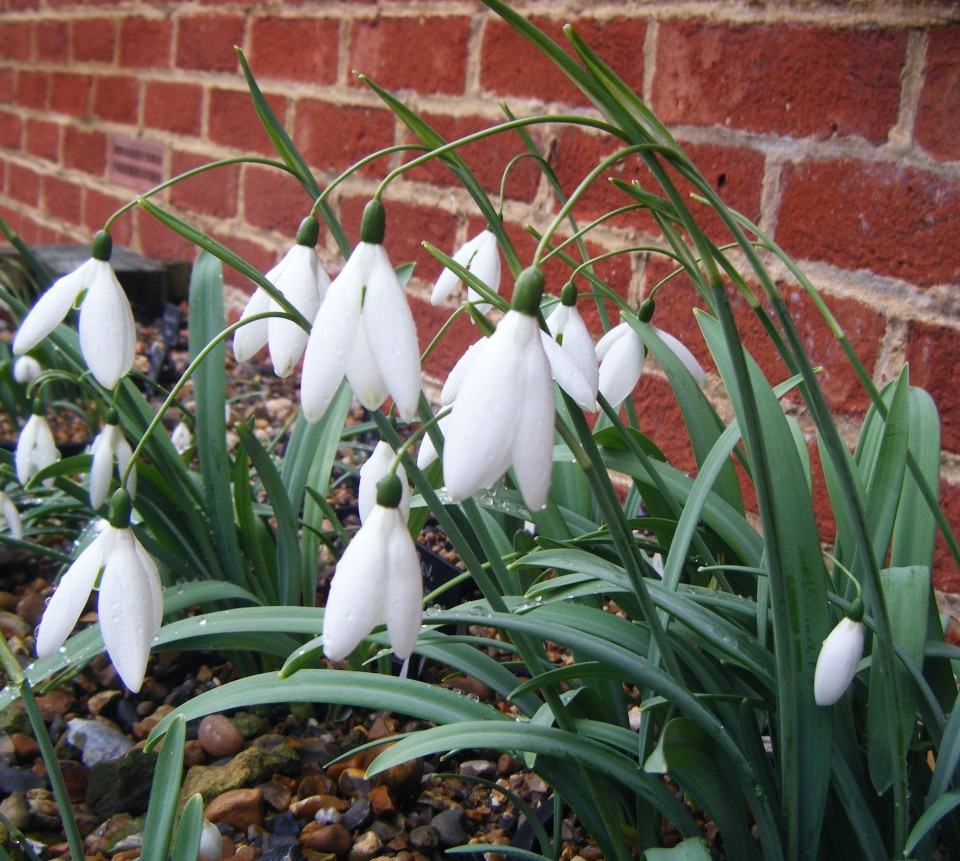
Then things began to get expensive; at £40.00 per tiny bulb (and that is nothing in this world I can assure you ), I could not resist ‘Tilly’. She is spreading nicely so I am not feeling quite so bad about that reckless expenditure.
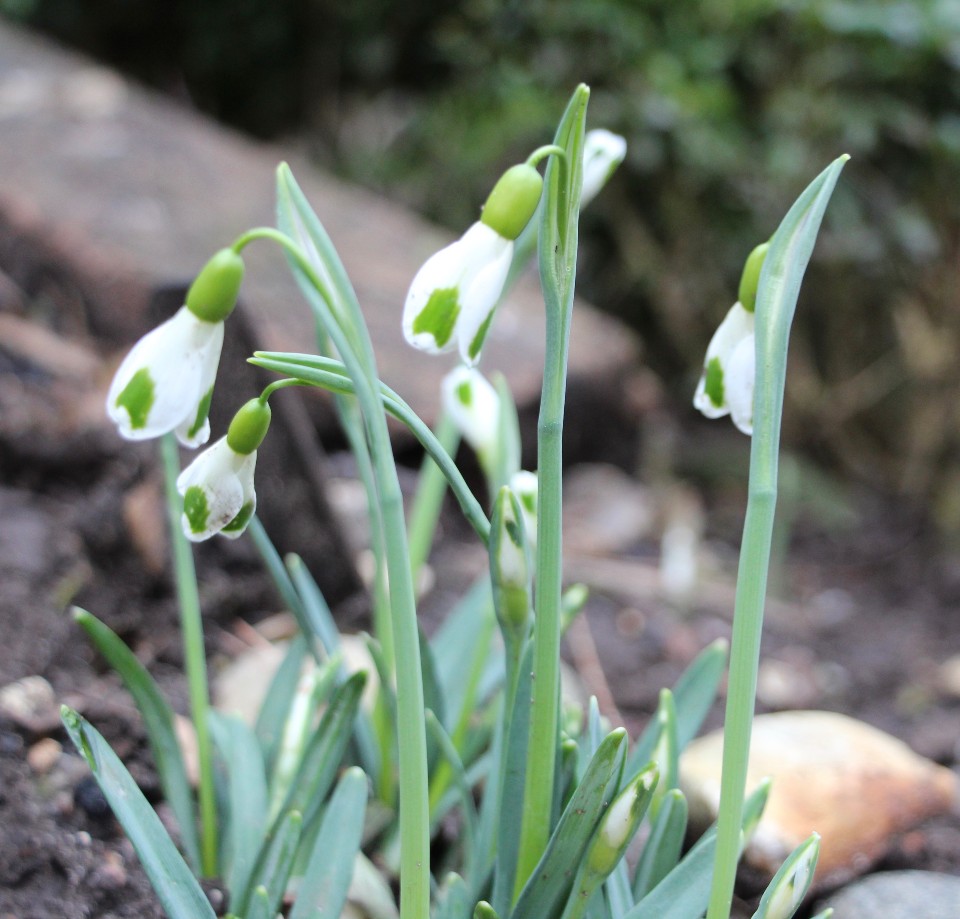
Then my first granddaughter was born, so in celebration I planted Galanthus plicatus ‘Florence Baker’ (please could someone please breed an Alfie), and my small collection began to expand, and all around the garden I have the names of friends and family growing gracefully, all different and doing their own thing. Last year I painstakingly labelled each one, only to be stumped by my dogs who thought this was a great idea and spent the summer months finding and helpfully retrieving them.
The names always intrigue me and I like to know their origin, so I bought, begged and borrowed books on the subject, the snowdrop ‘bible’ being the most elusive Snowdrops A Monograph of Cultivated Galanthus by Matt Bishop, Aaron Davis and John Grimshaw, which I was fortunate to be lent and I notice that although currently unavailable on Amazon it is a mere £550 on ebay.

I also find this website invaluable and the photography sublime. https://www.judyssnowdrops.co.uk/Plant_Profiles/plant_profiles.htm. This is from the website and shows Galanthus ‘S Arnott’ a lovely tall snowdrop with a scent of almond and recommended by ‘The Land Gardeners’ http://www.thelandgardeners.com/home as a cut flower which however they suggest potting up and bringing indoors rather than picking.
Snowdrops do come in other guises; I loved this giant wicker snowdrop standing at fifteen feet high at Trentham Gardens in Staffordshire,

and these metal ones either side standing guard at a gate in Welford Park.
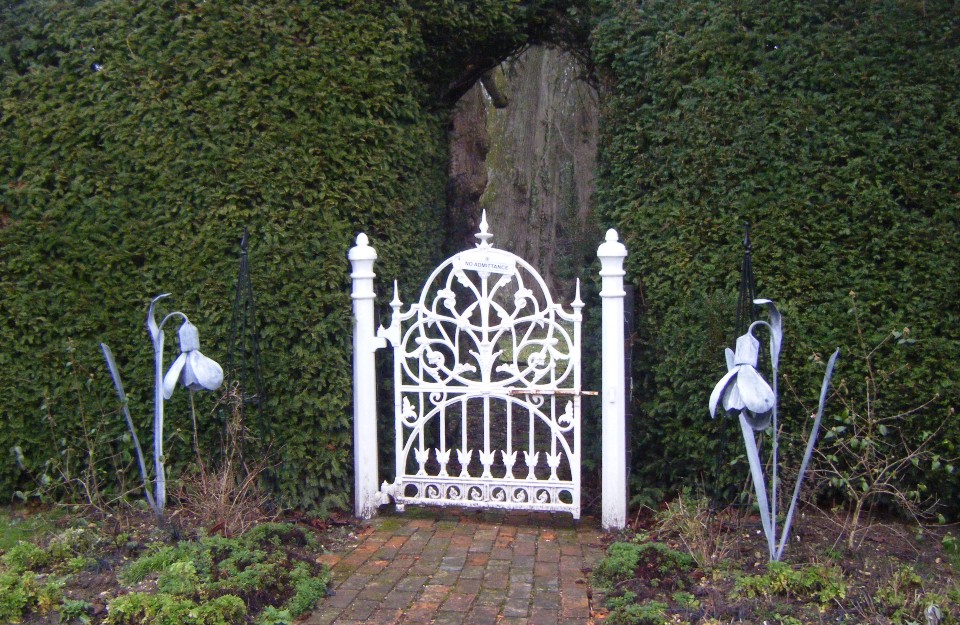
My garden is deep in snow with not a single snowdrop in sight, just a metal sculpture, a reminder of what will be there when the thaw comes.

I have already made this year’s purchases, Galanthus plicatus ‘Three ships’ which should flower before next Christmas from friend, plantswoman and instagrammer Jane Anne Walton, and the other in aid of St John Ambulance Galanthus plicatus ‘Diggory’, a Norfolk boy, he is a beauty.
Luckily for me I have a Snowdrop Walk local to me and which will be open next Sunday 21st February in aid of the National Garden Scheme https://ngs.org.uk/view-garden/4388. If that path isn’t just the perfect place for a little exercise, then I don’t know what is.
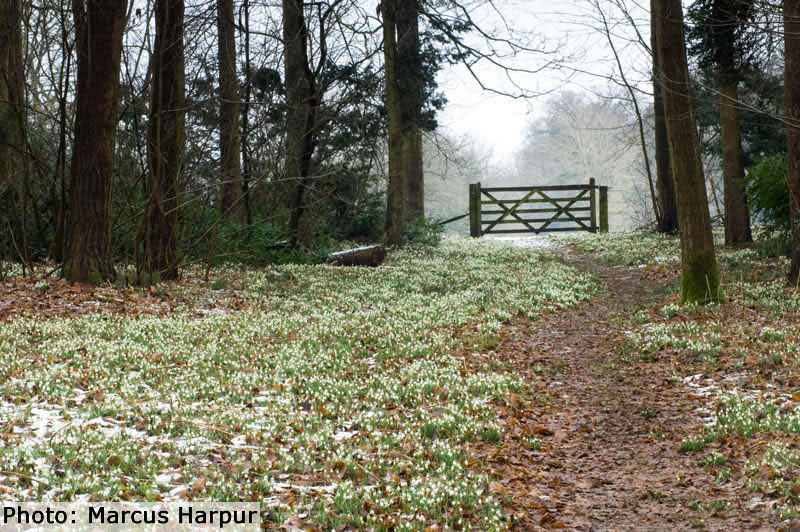
There has never been a greater time than now for us to support the nursing and care sector and so if you are unable to take your exercise in a local snowdrop garden why not consider making a donation by visiting the just giving page https://www.justgiving.com/fundraising/norfolk-ngs
——-14-02-21——-
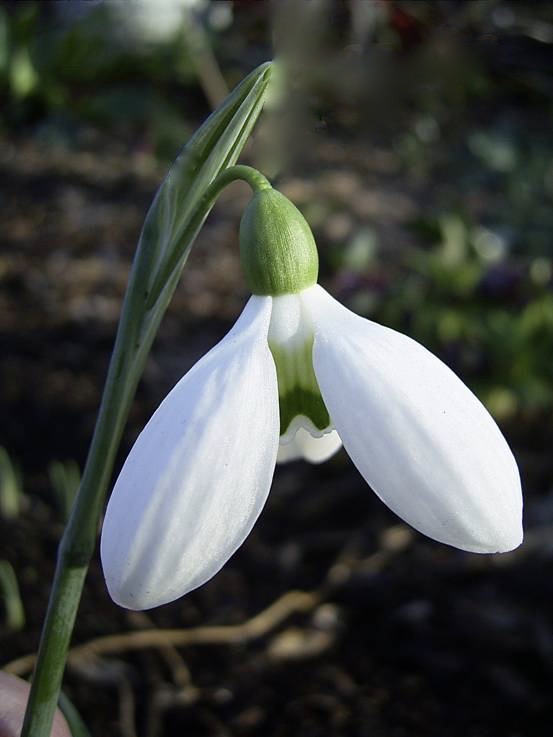














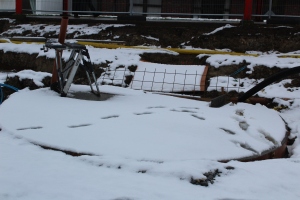








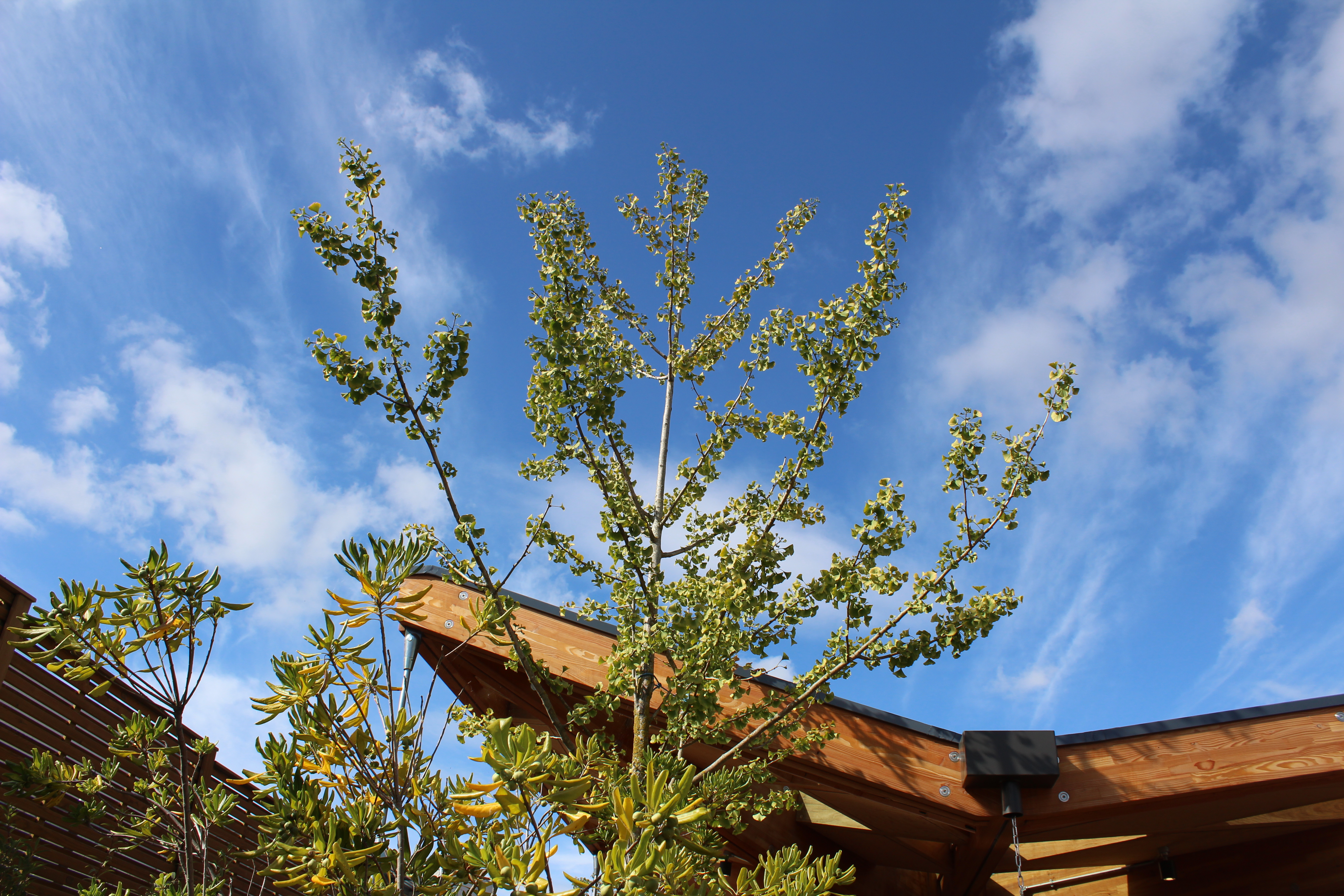

















 I was grateful that I had arrived early because I could take advantage of the last of the natural daylight. While the family were setting up the illuminations, I wandered around absorbing the eclectic contents of this small and cunning space. Knick-knacks and plants clamber up the wooden steps;
I was grateful that I had arrived early because I could take advantage of the last of the natural daylight. While the family were setting up the illuminations, I wandered around absorbing the eclectic contents of this small and cunning space. Knick-knacks and plants clamber up the wooden steps;

